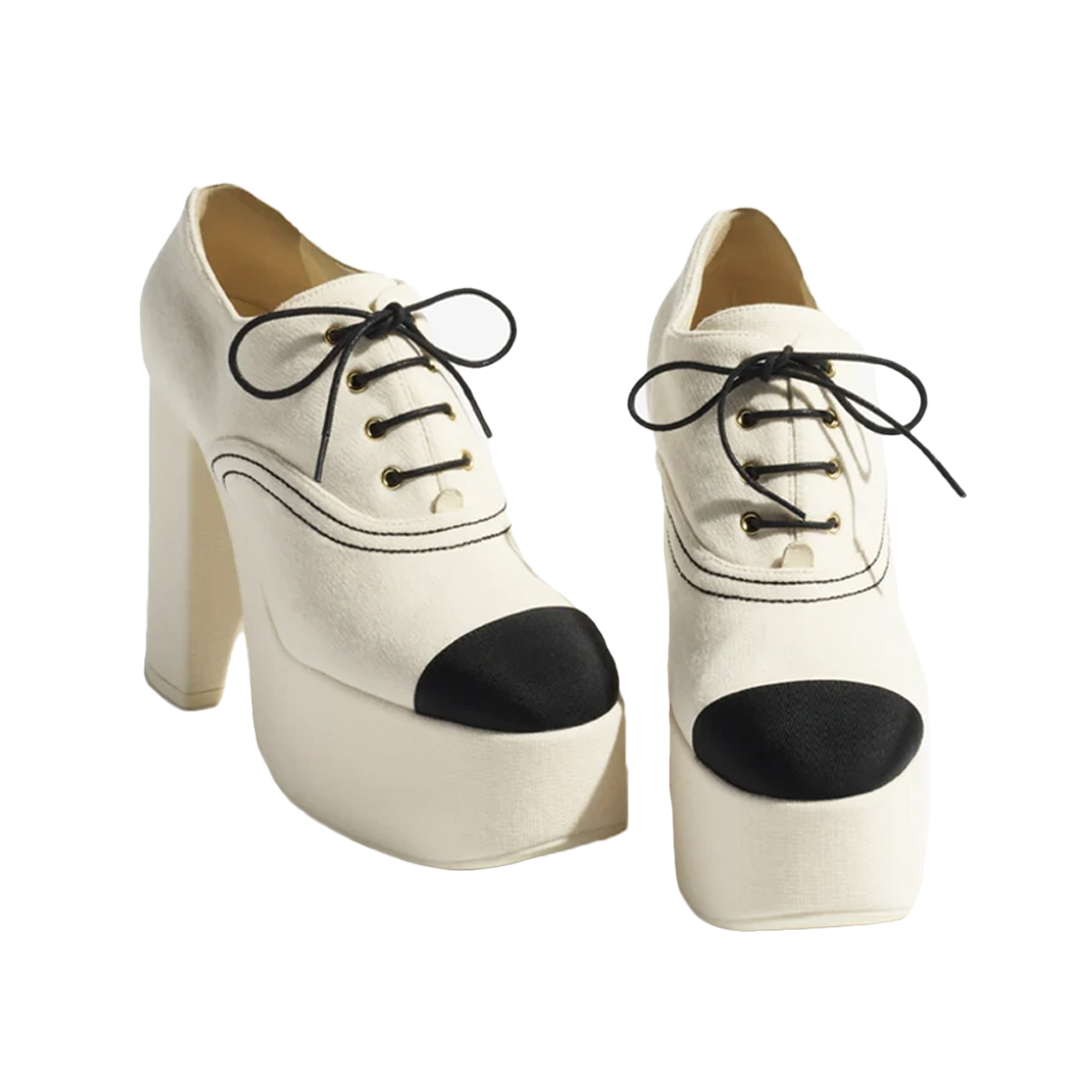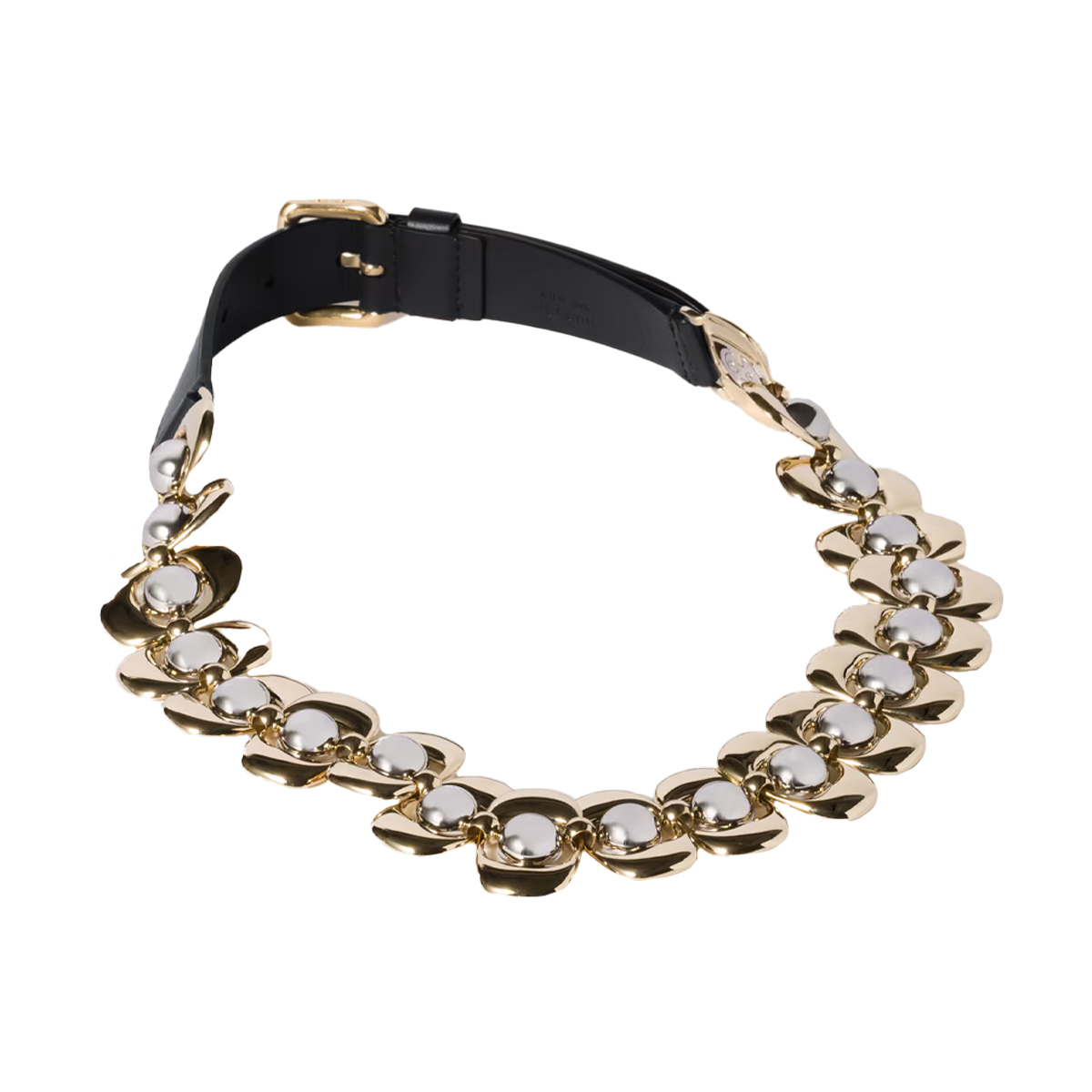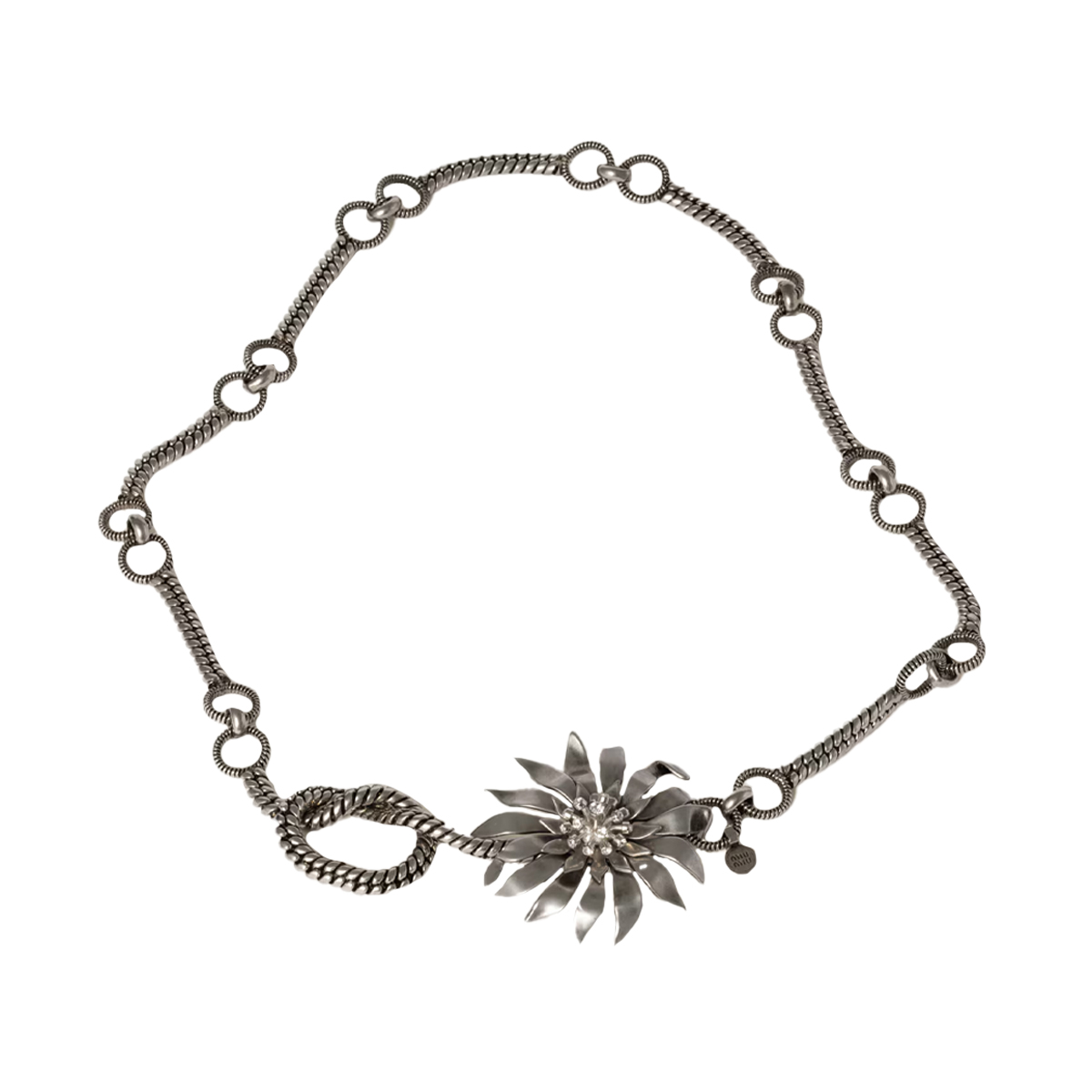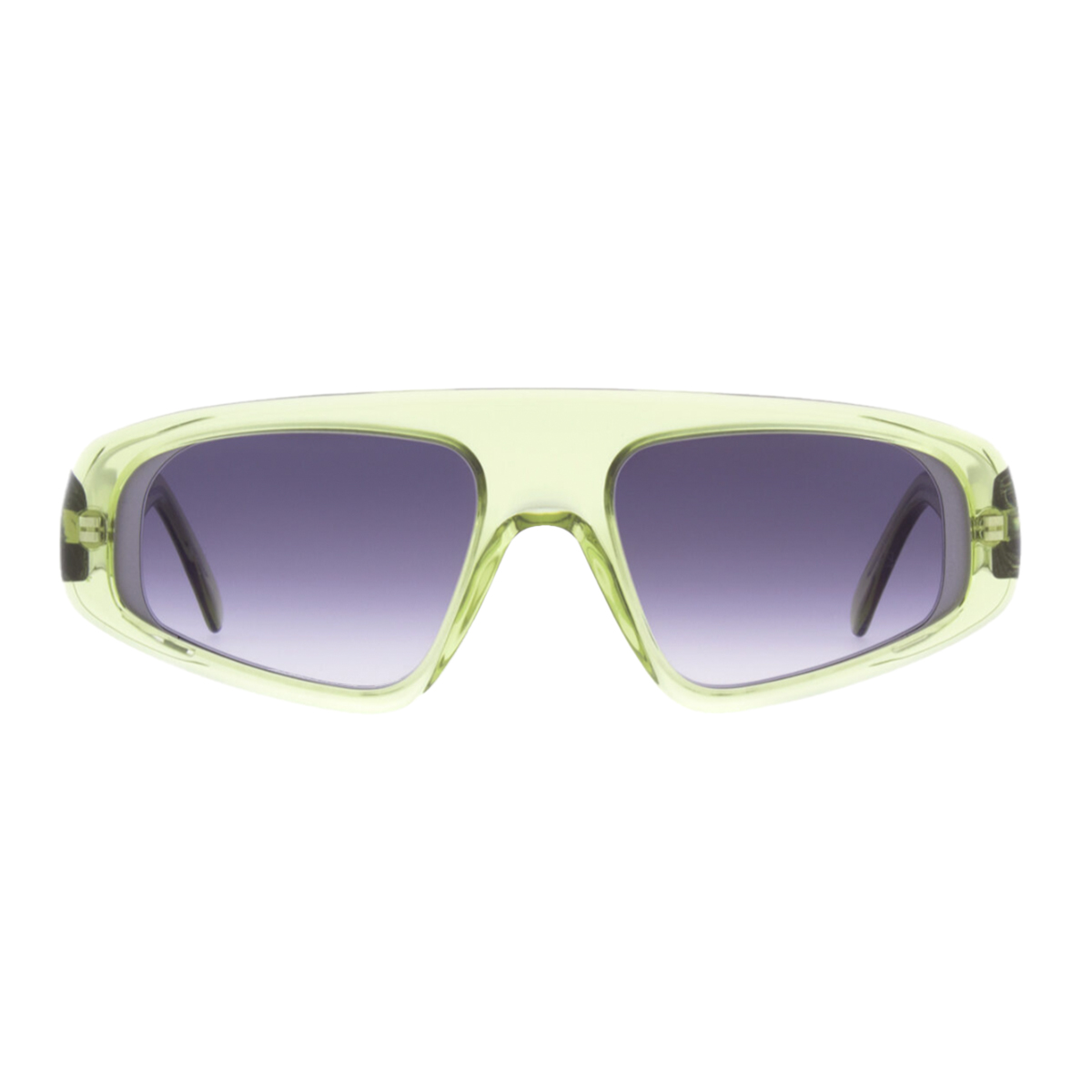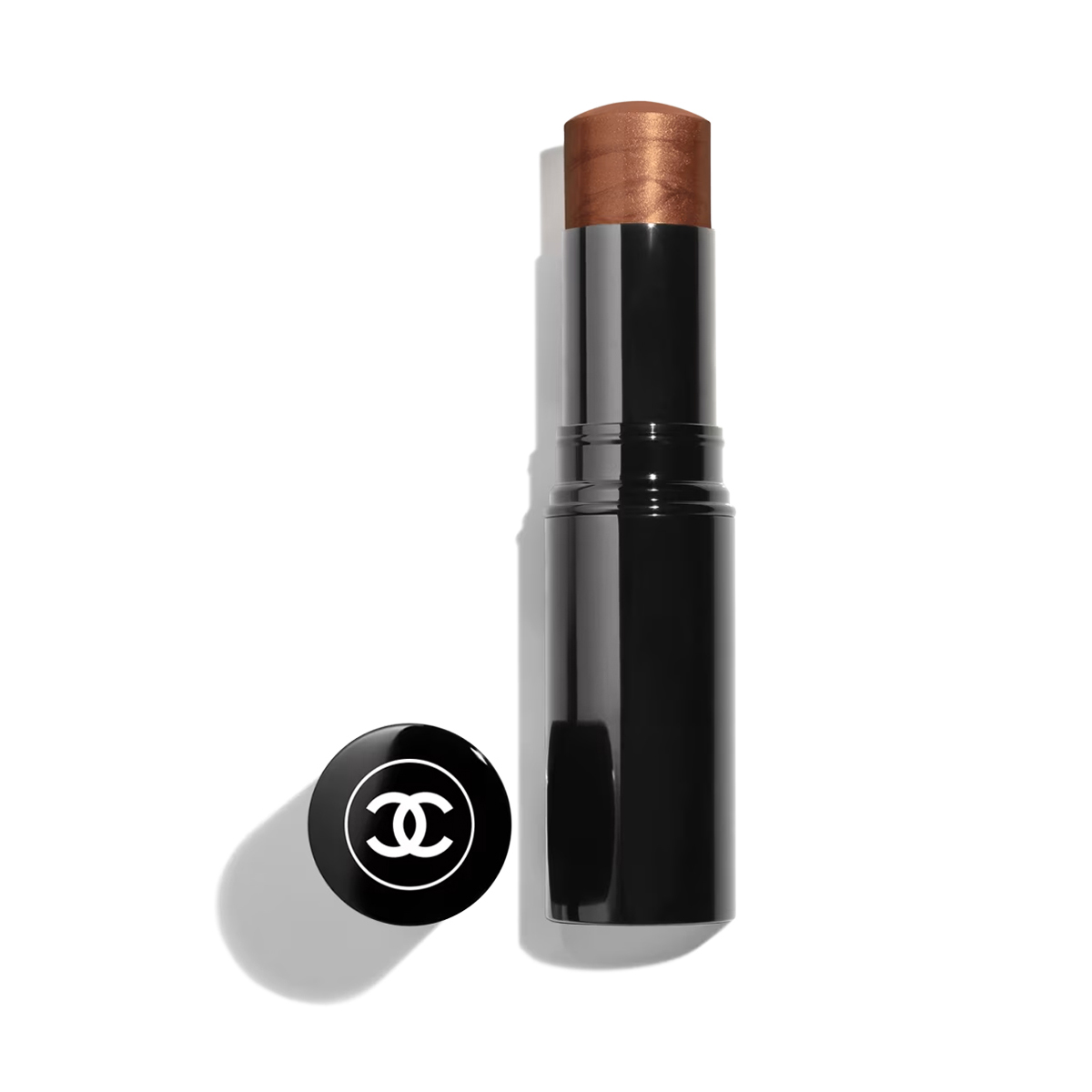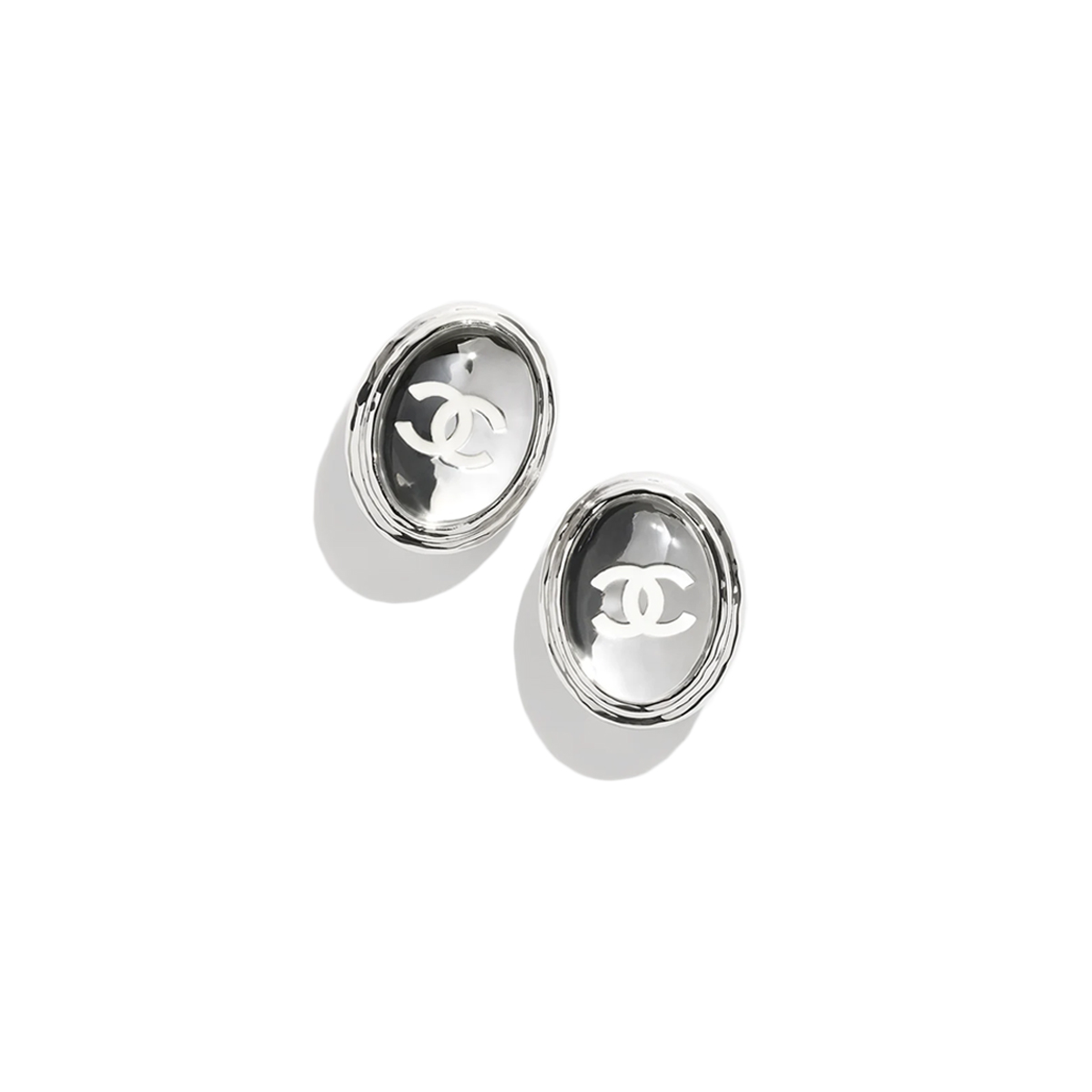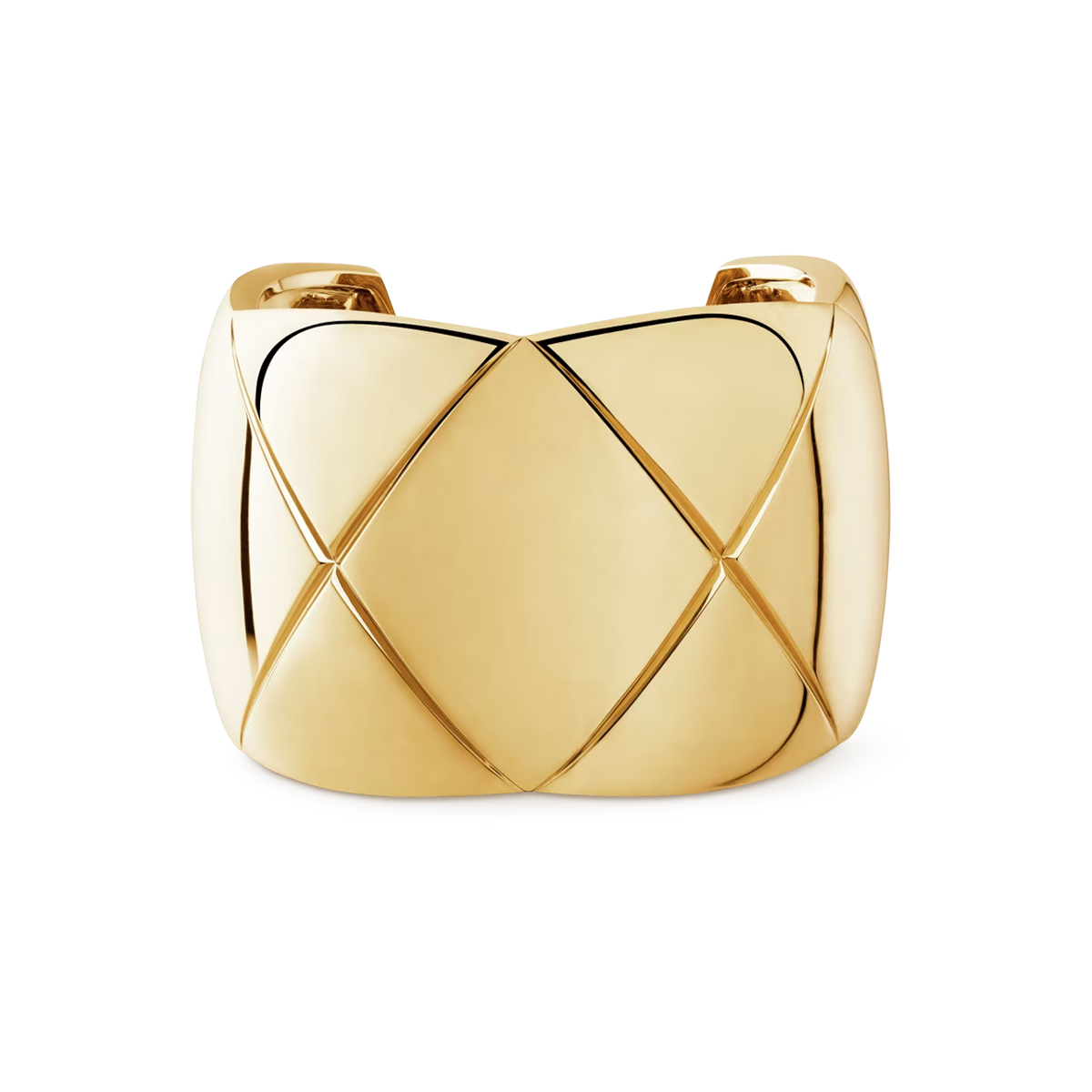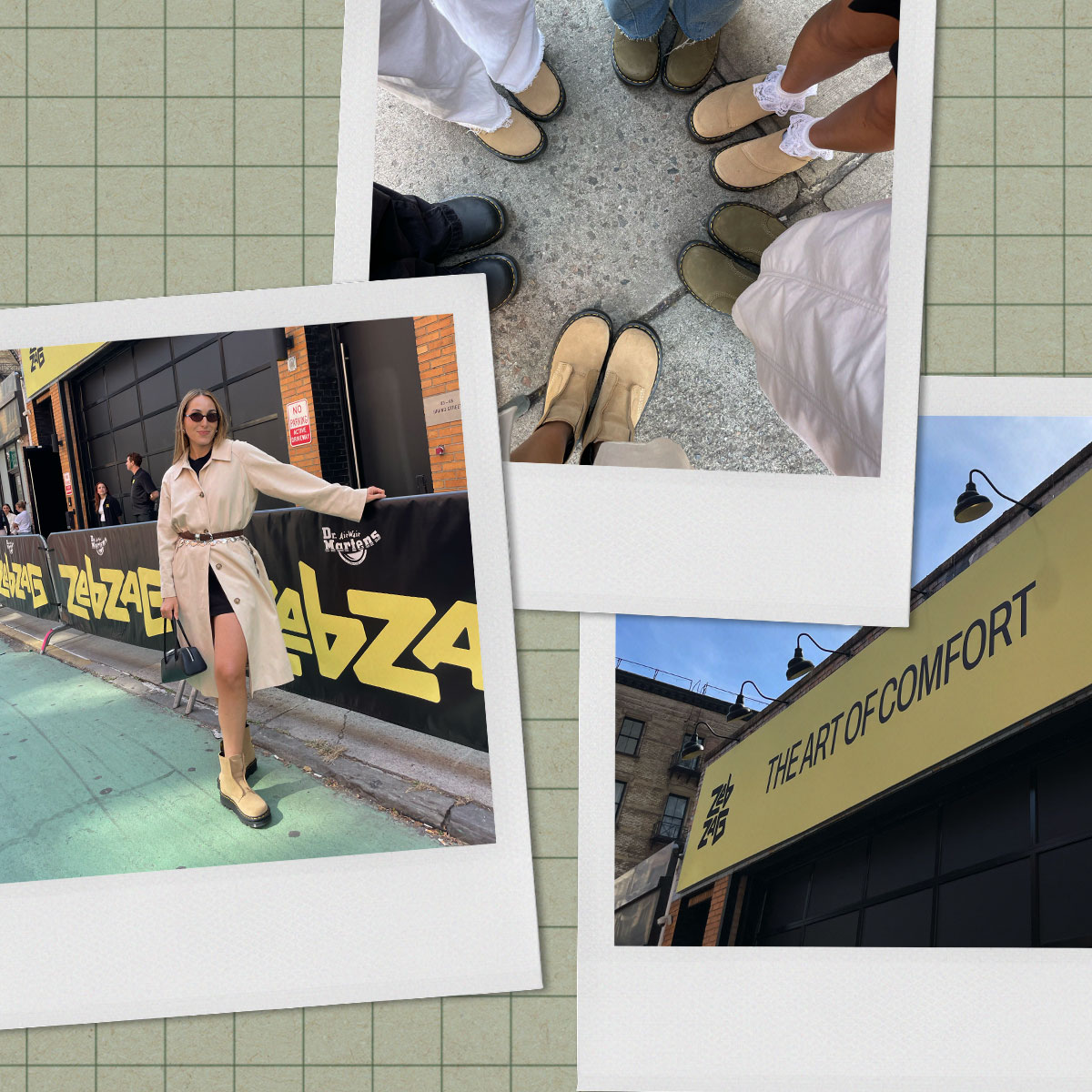Reimagining Girlhood With Zaya Wade

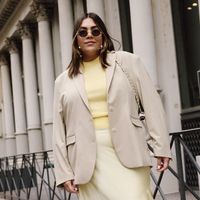
In 1969, the incomparable Nina Simone gifted the world with a powerful anthem that transcended time and history—a celebratory battle hymn for the ages. "Young, gifted and Black. Oh, what a lovely precious dream," she croons, her velvety voice rising in tandem with the thunderous brass and drums. Released in the wake of the Civil Rights Movement, the song became an ode to the boundless possibilities of a newly liberated generation of Americans. In that moment, no dream was too bold, no ceiling too unbreakable. Simone may have passed before Zaya Wade was born, but if she were here today, one can't help but imagine that she'd be singing it about Wade, too.
At just 17 years old, Wade has the world at her fingertips—she's a model, professional jet-setter, and one of Gen Z's most visible advocates within the transgender community. It's a lot to juggle for any all-American teenager, never mind the slew of college applications and standardized testing Wade is navigating, as is par for the course for a high school senior. It's the second semester, and she can almost taste graduation, but while most kids might coast through their remaining weeks, Wade is just getting started. The teen has much to prepare for, as this fall, she's leaving the nest and heading off to college in pursuit of a career in astrobiology (more on that later), on top of spearheading her arts-focused nonprofit, Translatable.
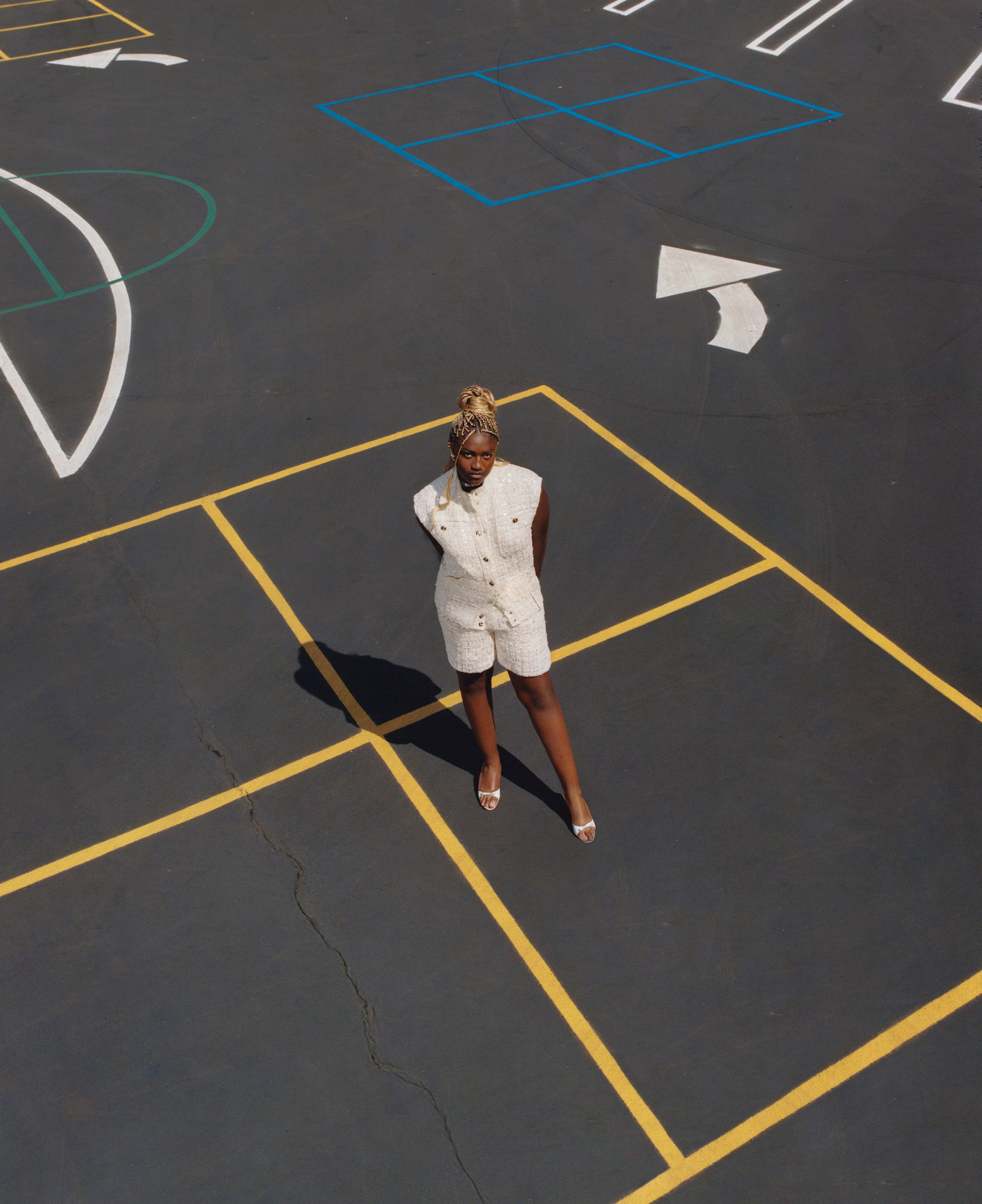
When I meet Wade over Zoom, she's casually hanging in her childhood bedroom wearing sweatpants and in the midst of her 10-step skincare routine. It's Monday night, and following our conversation, she will head straight into tutoring. It seems like her to-do list never takes a holiday. In between telling me about her favorite lip gloss and a rant about how terrifying the open sea is ("When I heard the fact in the second grade that we have not explored more than 6% of the ocean, I was like, 'Nope!'"), I'm struck at how "normal" Wade is. When your parents are basketball Hall of Famer Dwyane Wade and A-list movie star, model, and fashion icon Gabrielle Union, the term nepo baby almost feels like it isn't grand enough. Wade comes from Black royalty, yet by all accounts, she's just like any other 17-year-old girl. She loves late-night group FaceTime calls, binge-watching Heartstopper with her dad, and fantasizing about what her prom dress will look like. You'll have to wait to see the last one. When I ask if she has any dream designers in mind, Wade coyly smiles and says there's a team cooking up something. I'm sat.
The concept of girlhood is a luxury not everyone has. Black women are often hyperscrutinized throughout adolescence, their childhoods erased by society telling them they need to shed the frilly dresses and dolls and instead grow up. It's an even harsher reality for Black trans women, who may not have lived in their truth until well into adulthood. The conscious choice for Wade to revel in the special moments almost feels like a quiet act of defiance in a world that never wanted to see her thrive in the first place.
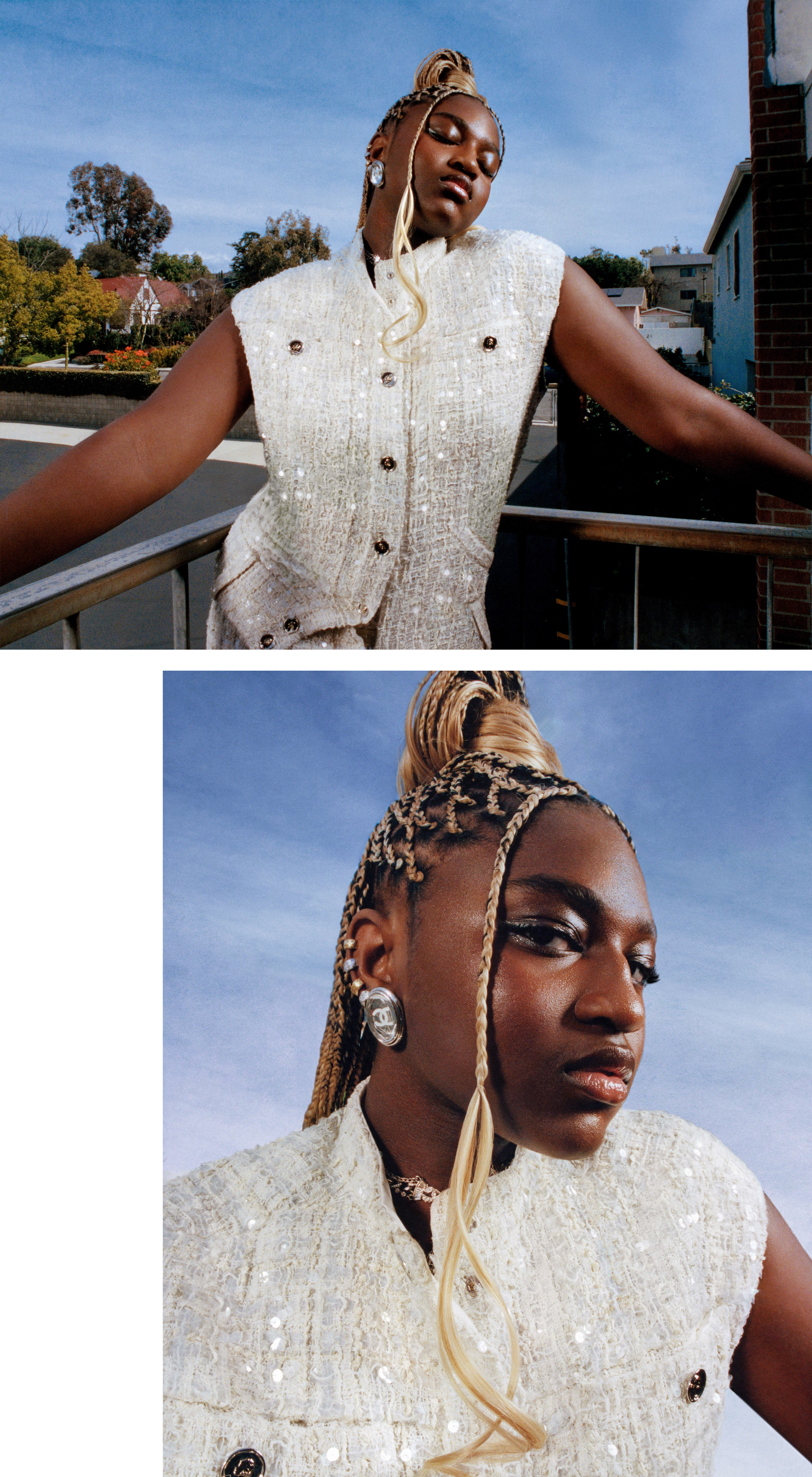
"For 12 years, I didn't have any sense of girlhood. I didn't know what it was like," she admits. In 2020, she came out publicly as transgender. Without warning, Wade was immediately thrown into the spotlight and dissected for everything she did—her hair, her nails, her outfits—all were subject to a wave of online hate and transphobia. It was enough for Wade to want to shrink and hide herself. "I just feel like I'm trying to find my own version of what girlhood is," she tells me. "These are peak years. Everything is so exciting," she adds, alluding to the bright future that is to come—one she couldn't even imagine five years ago. "I didn't really see that far ahead for myself when I was younger. Because of the experiences I've had over the last couple of years, I now have a hopeful outlook on my life," Wade says. "I just feel like, honestly, what is more impactful than being a teenage girl?"
Now, Wade's making up for lost time. Since publicly coming out, she and her family have been staunch advocates for trans and queer liberation. During the 2025 NAACP Image Awards, Dwyane Wade and Union delivered a fiery, passionate speech dedicated to their daughter. In a moment of what can only be described as motherly frustration, Union asked the audience a simple question, "Will we fight for some, or will we fight for all of our people?"
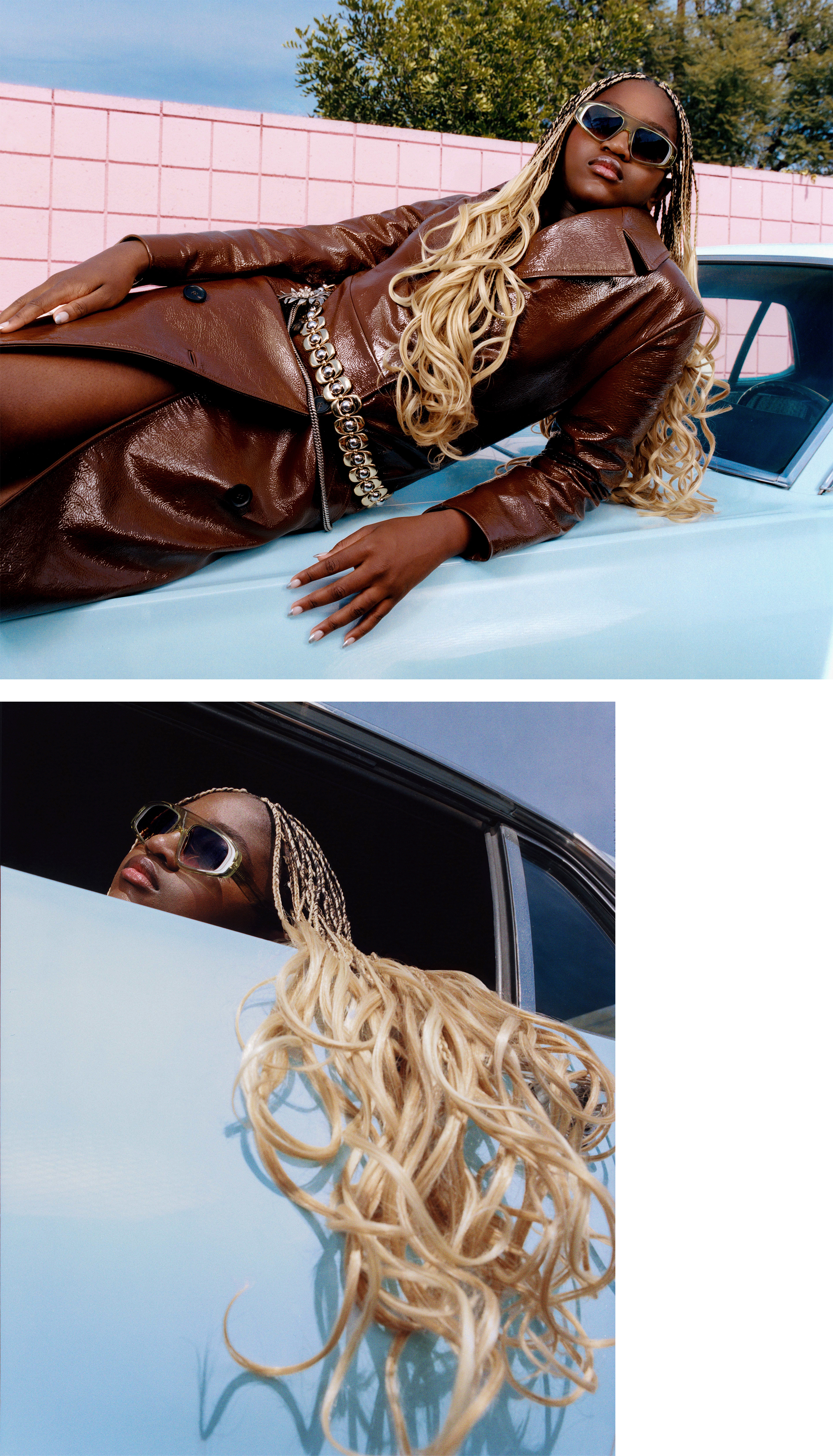
Despite Black trans women constantly demanding justice by any means necessary, the intersection of racism and transphobia continues to be overlooked. If they don't continue the good fight, who will? Wade knows this fact well—since the beginning, she's constantly been taking up space. Just a month after Dwyane Wade introduced Zaya to the world during a viral Ellen DeGeneres interview, the then-tween made her red carpet debut at the 6th annual Better Brothers Los Angeles Truth Awards aimed at highlighting and uplifting the queer Black community. Flanked by her parents, Wade admitted she always had a feeling that there was something she was meant to do, but she didn't quite know what it was at the time. Enter Translatable.
Founded in the summer of 2024 by Wade and her father, Translatable is a digital arts initiative designed to empower trans youth of color and their families to help bridge gaps and foster empathy through education and understanding. In a time when being trans in America can feel increasingly uncertain—especially for those whose families and loved ones refuse to offer affirmation—Translatable seeks to provide a safe space for connection and support. In lieu of making things feel too stiff, formal, or incredibly "millennial," Wade and her dad landed on showcasing trans stories through art. People can submit poetry, vision-board collages, photography, and more to be featured.
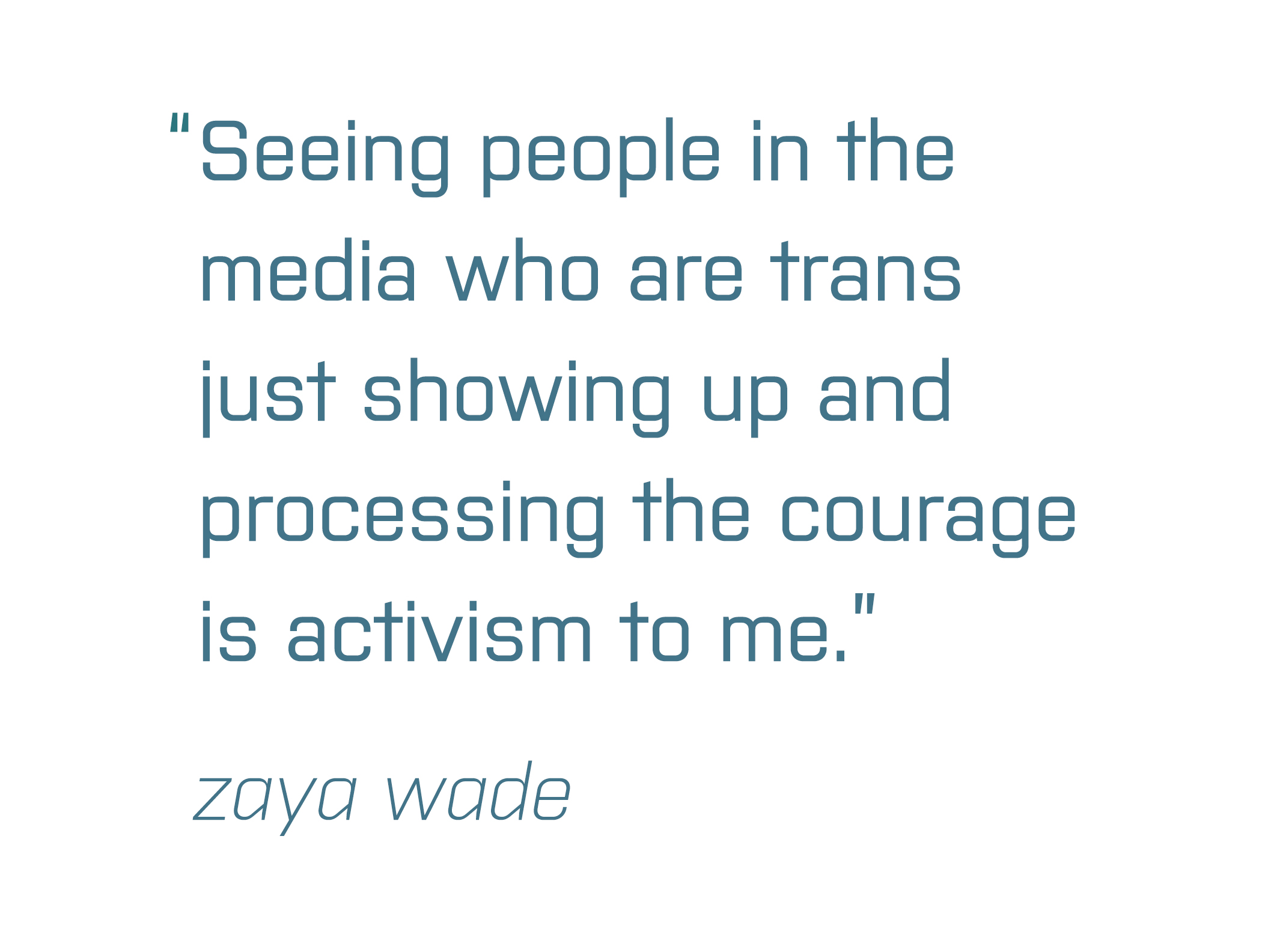
When I ask Wade why she was compelled to use art as the driver of Translatable, her face lights up. I joke that advocacy and education don't always have to come in the form of another TEDx Talk. She nods her head. "Art has always been one of the great monikers of culture. Art is people. It represents how we feel and interact with each other," Wade explains, nodding to the influence Black art and, stretching even further back, how African art was used as a way to document history. "It's one of the most visible ways that trans people can show who we are. I think that's beautiful."
Art, and the radical act of making art, is something that's filled with joy and frustration. Wade tells me she used to dance for years as a child, training her body to move and express itself in ways she couldn't communicate with her words. It's something she admits she carries with her. "Art isn't this abstract, detached thing that you simply put on your wall," she says before pausing in what appears to be a moment of vulnerability for the teen. "Like, this is us. These are our souls for you to see in the way that we need you to see them."
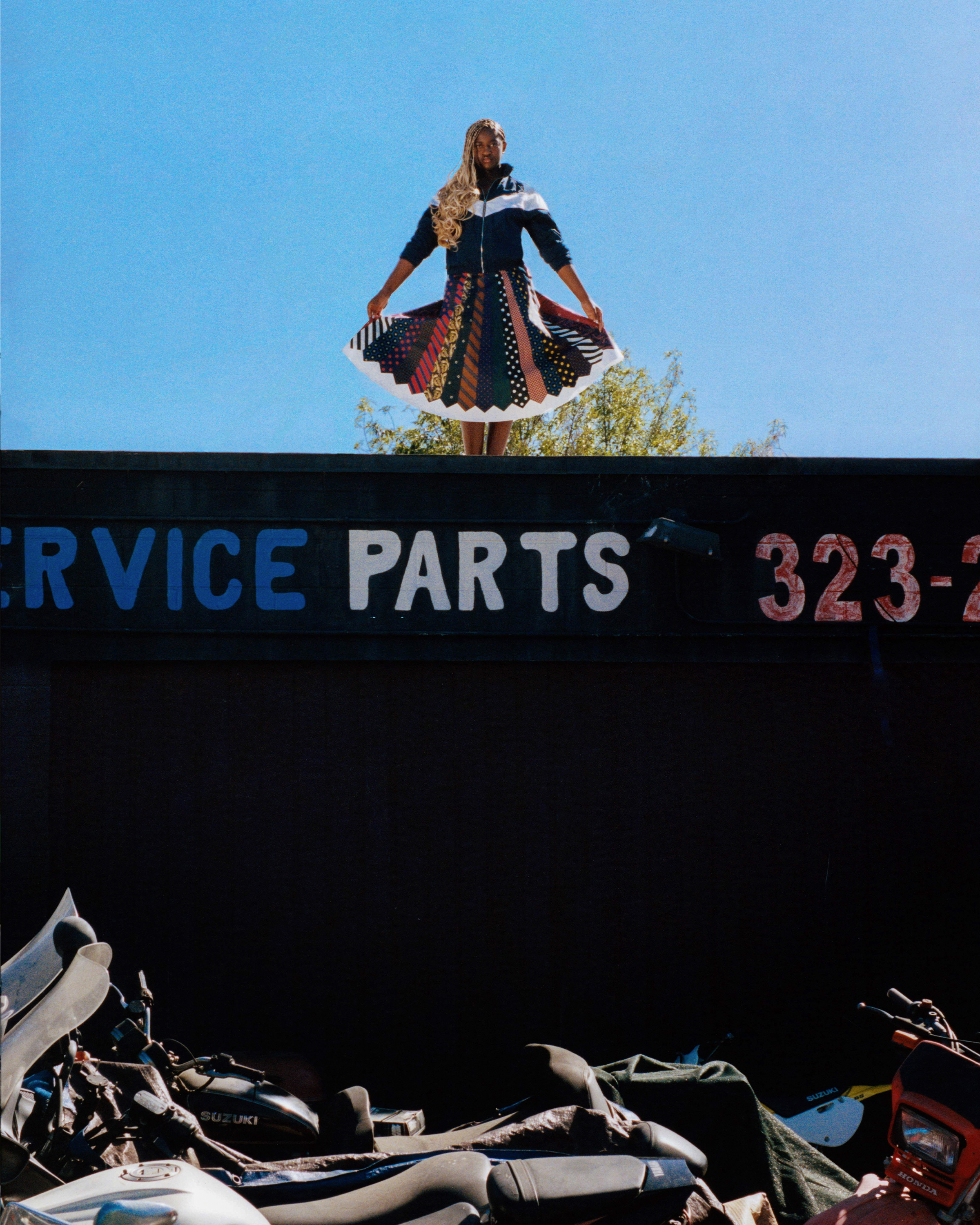
Wade's commitment to visibility isn't just something she preaches through Translatable—it's something she's living every day. Take her dream of pursuing a career in astrobiology, for example. Wade geeks out for a second when I ask about her interest in the scientific field. In short, she's hoping to find microbacteria and fungi on distant galaxies and planets as proof that life can exist beyond planet Earth. Don't get it twisted, though—she has no plans to go to space herself. "This isn't about space colonization," she jokes. "I think we have our own planet to worry about. Maybe if we get this done, we can start talking about a different planet. Now's not the time."
STEM as an entire field is something Wade is fiercely passionate about. As it's long been a male-dominated profession, she's determined to show that women, especially trans women of color, belong there too. "I have wanted nothing but to set an example and be that person for myself," she explains. "If I can't see it, I need to be it. Who else is going to fill the blank in my mind about a Black trans scientist?" Plus, Wade adds, the idea of correcting people who don't refer to her as doctor after she gets multiple PhDs is kind of a slay.
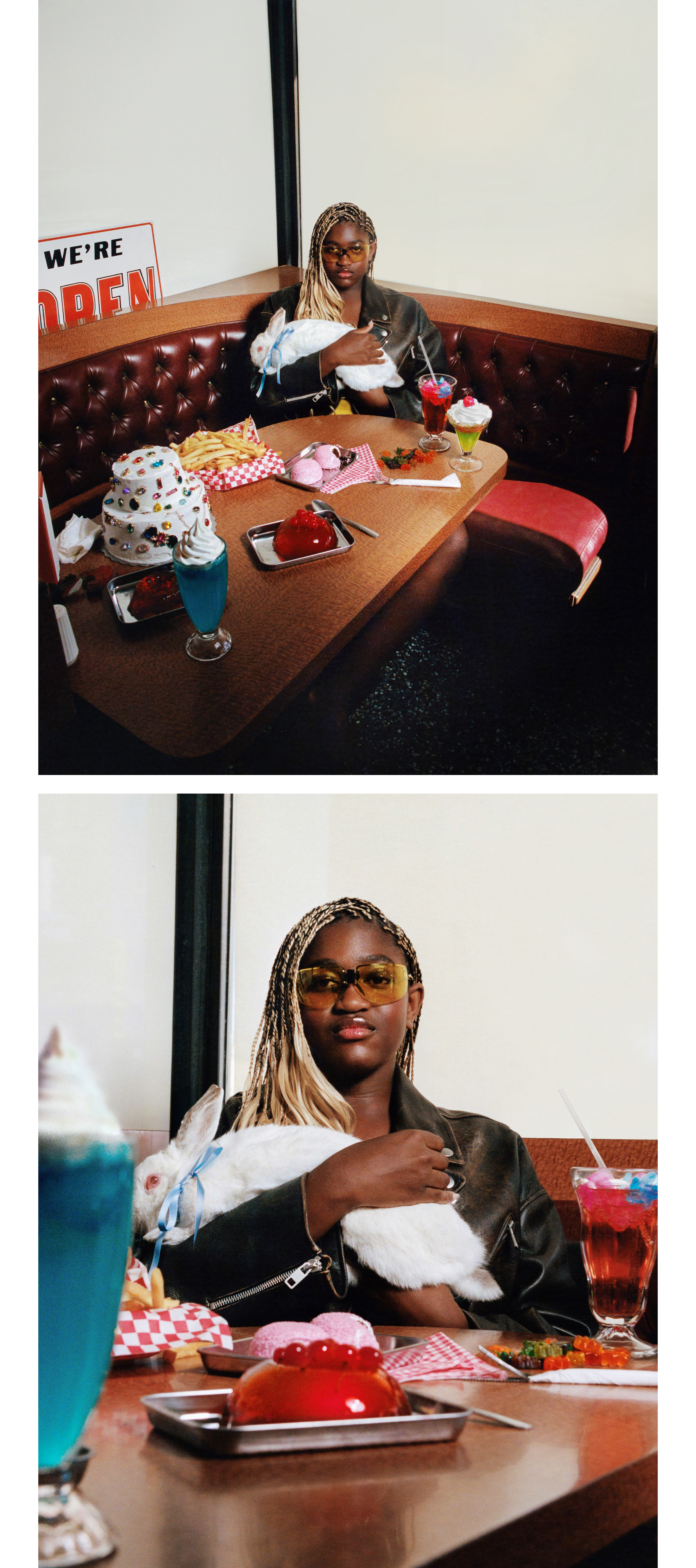
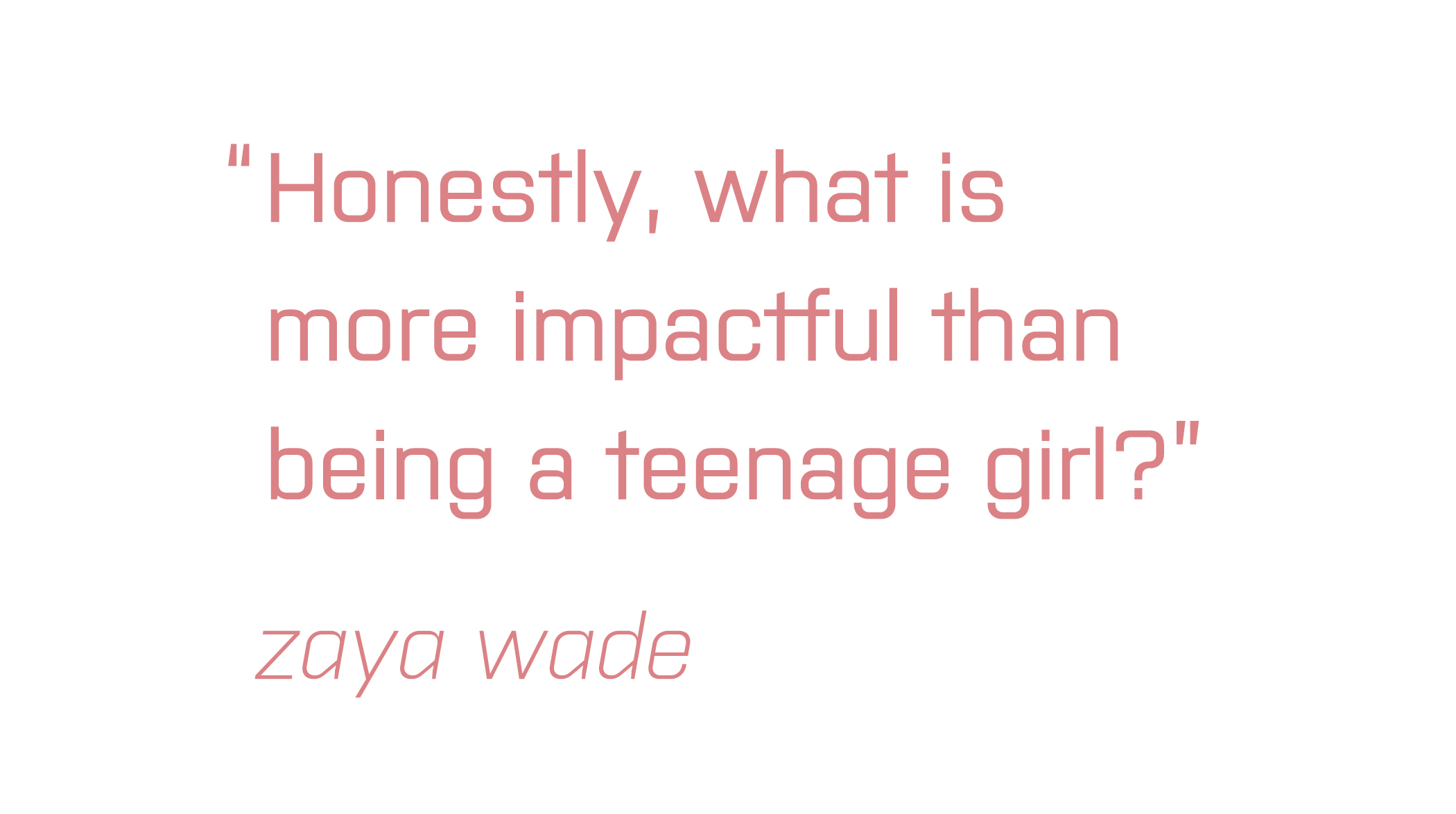
Ensuring the world sees her for who she really is and all of her different facets is Wade's life purpose. Visibility isn't just a buzzword—it's the fuel behind everything she does. And while there are still leaps and bounds to go in terms of equitable representation for her queer brothers and sisters, she's taking every win in jest. Every campaign, magazine cover, movie secured, and deal brokered for trans people is a milestone to celebrate. "I have nothing but high hopes for us," Wade affirms. She brings up Alex Consani, a Who What Wear Girls of Summer alum, who won Model of the Year at the Fashion Awards in 2024. During her speech, Consani praised the way that Black trans women laid the foundation for the community she advocates for every day. "Once that happened, I was like, 'Oh yeah. We're going to do it. It's a wrap," she explains. Wade comes in a long line of Gen Z icons breaking barriers today: Consani, Ethel Cain, and Hunter Schafer have all come before her. Now, it's Wade's turn. "This past year was a year for the dolls," Wade says, beaming. "Yes, we need activism, but it's so hard to even be out there in the first place. Like, seeing people in the media who are trans just showing up and processing the courage is activism to me."
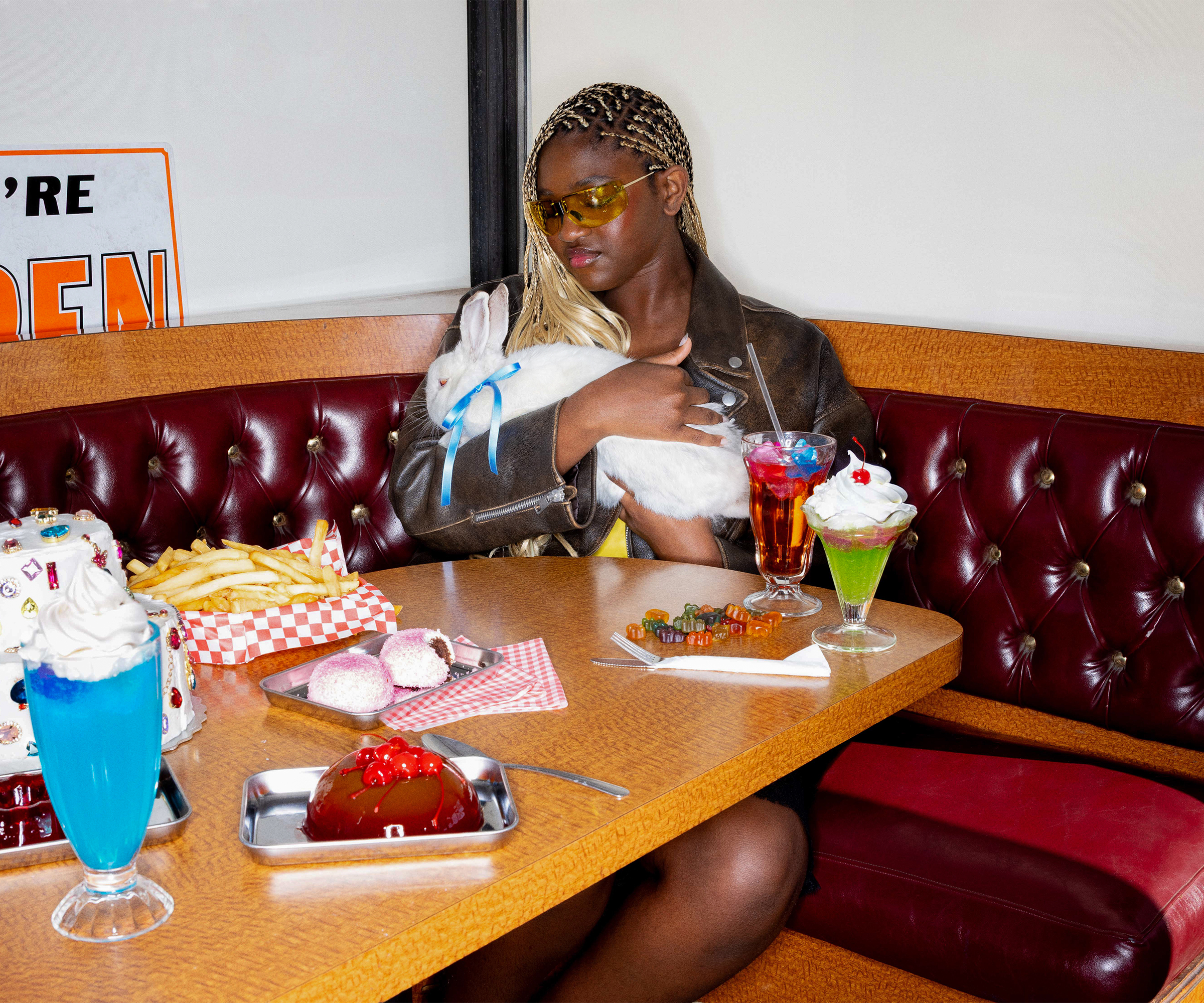
To reach big dreams, you need a vision too vast to imagine alone. Wade owes nearly all of her success in life to her family, friends, and creative team, she admits. "It's not even a village at this point," she jokes. "It's like a whole metropolis." It's the close community who make sure she's able to attend school full-time while building Translatable and attending fashion week. It's a blessing she doesn't take for granted. "I really wish I could say I was just that girl, but honestly, it takes copious amounts of effort," Wade admits. "Everyone says that I make it seem easy, and in the most honest way, it's because it is easy. When you have everyone supporting you and watching your back, making sure you don't get tripped up when you're trying to balance it all, it allows me to just be me."
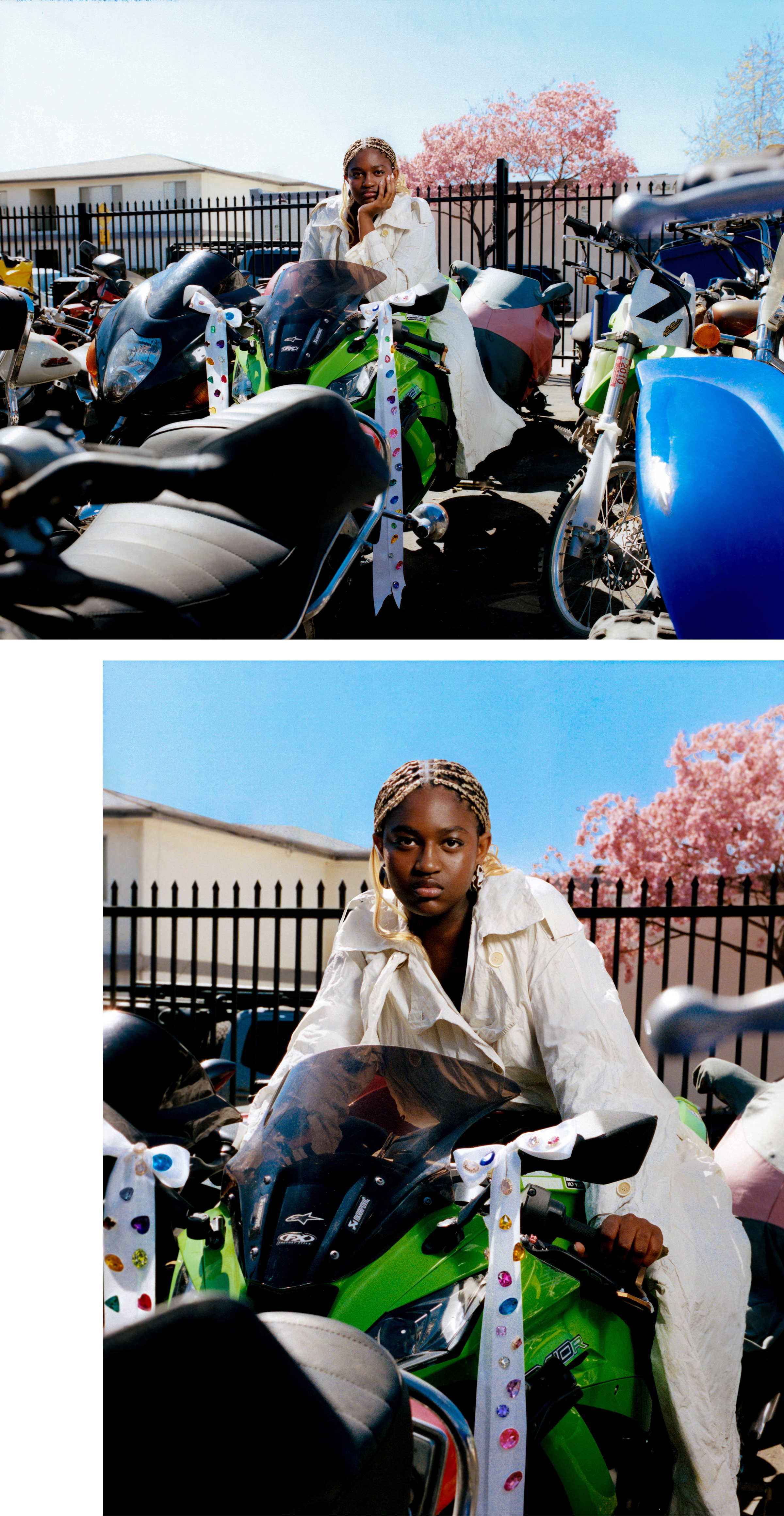
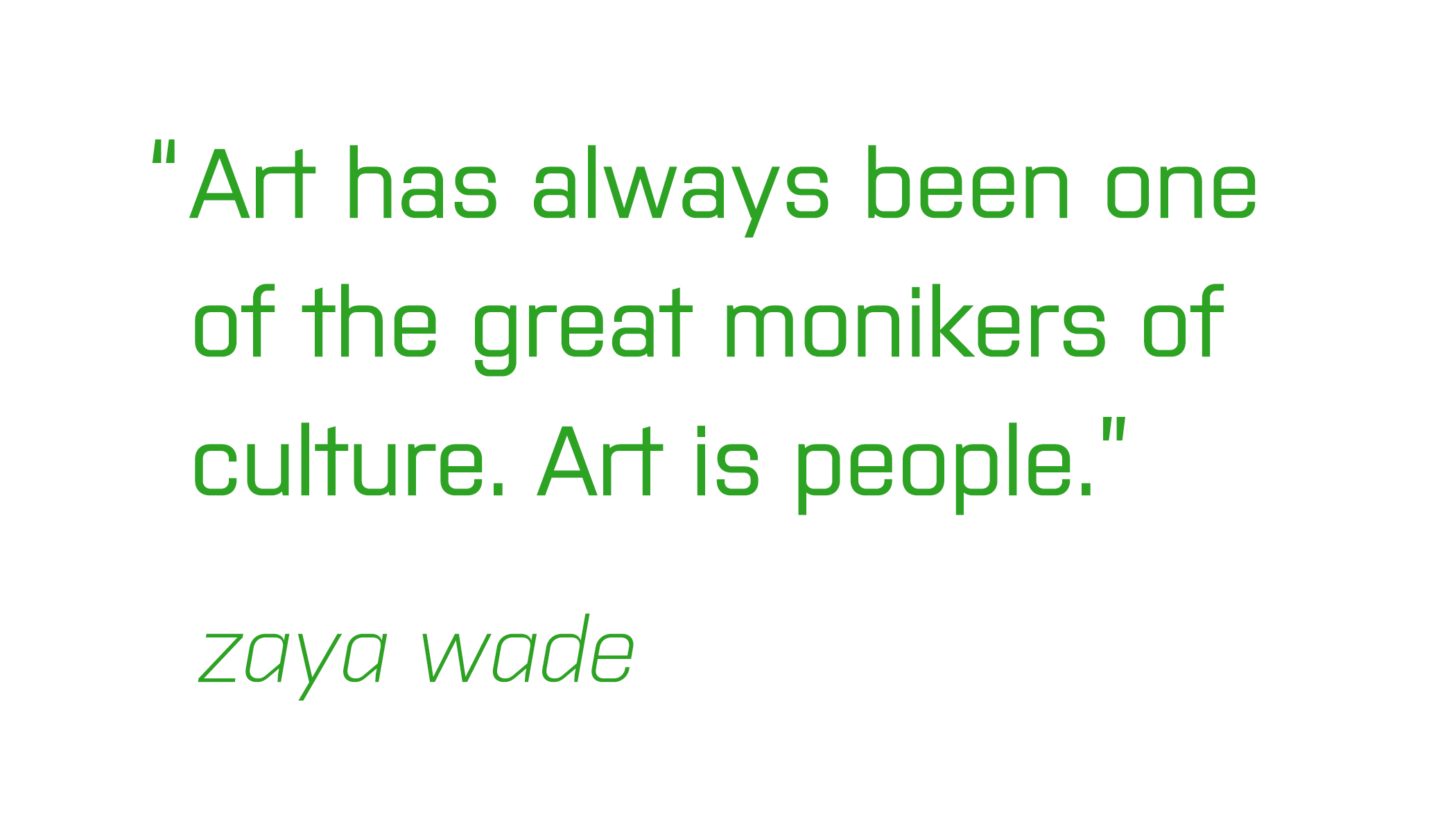
So what does a day in the life of Wade look like with her support system? It's giving SAT prep on Friday night, photo shoot on Saturday morning. When the 17-year-old shows up to set for our Now Playing shoot, she's accompanied by her godmother and Thomas Christos Kikis, her trusted stylist. Traipsing from an Eastside cycle shop to a local diner with an adorable bunny named Smudge, Wade effortlessly poses in front of the camera. Chanel, Miu Miu, Burberry, and Moschino—she exudes a perfect mix of glamour and edge. With every click of the camera, she seems at ease, her confidence radiating through the shots.
Fashion, Wade says, is more than just the pretty clothing she gets to borrow from big brands—it's a pivotal lifeline for trans youth, often the first step in gender-affirming care. For Wade, her first form of fashion-induced gender euphoria came when she slipped on a pair of knee-high boots. "You can't touch me, both metaphorically and physically, because I'm like 7 feet tall," she jokes. "I might be so crazy to say this, but sometimes, when I'm feeling down, I just go in my closet and form an outfit just to see what happens. And sometimes, if the outfit comes out good, my whole mood is fine."
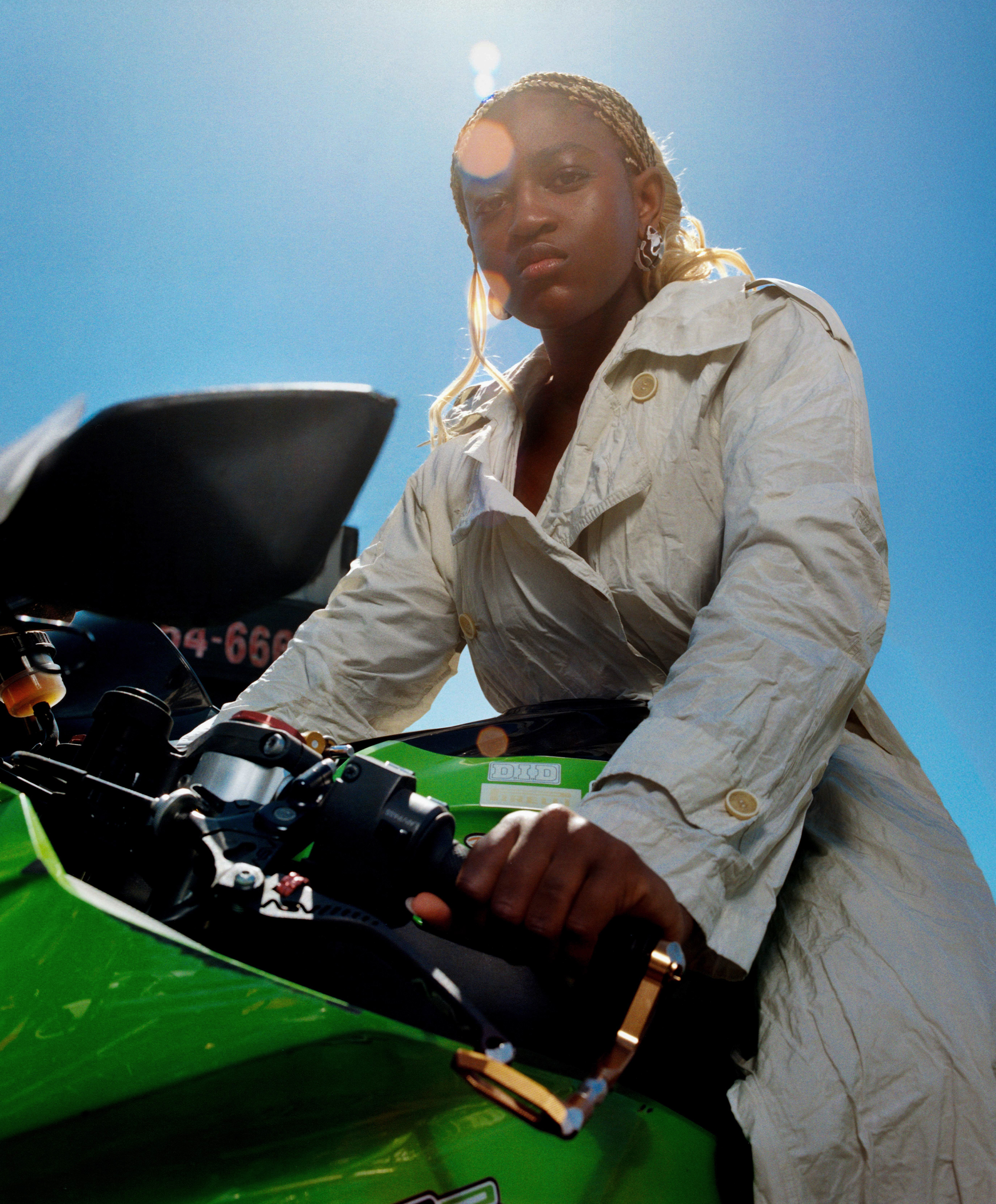
It took Wade years to feel confident in her fashion sense, much less her own skin. It was a journey made possible by the guidance and support of her stepmom, Gabrielle Union. With a fashion icon like Union to look up to, it's no wonder Wade's style flourished as she discovered herself. "My stepmom has just instilled such a confidence in my femininity," she admits. In her first year of publicly being out, Wade wrestled with an identity crisis: What does it mean to be a woman? What does that even look like? Was she already that? It took Union sitting down with Wade to reassure her that not wearing pink dresses or frilly clothing didn't make her any less of a woman. "I tried to compensate in every single way, and it was so draining," Wade reflects. "She was so adamant about telling me that I don't have to look or act a certain way—I can just be me. And, oh my god, I thank her every day for it."
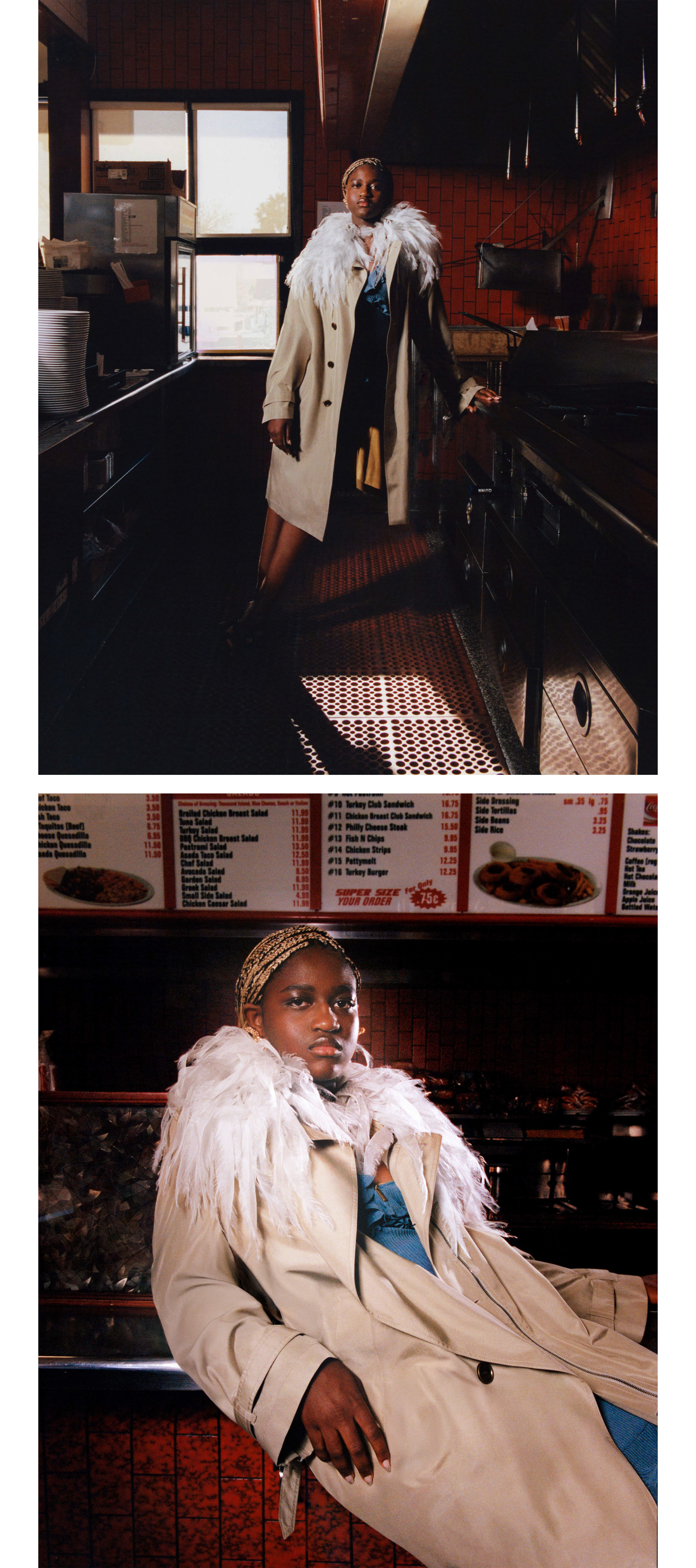
Before we wrap up our call and Wade heads to tutoring, I ask if she thinks college will change her. It's a rite of passage for many teenagers—the idea of a glow-up, newfound freedom, and the possibility of reinvention in a place where transformation is the norm. Wade nearly chokes up at the thought of leaving behind everything she's known. "I'm not one of those kids who's like, 'Wooo! College! I'm ready to leave,'" she says. "Like, I'm ready to grow and pursue my education, but I'm not ready to leave my village—at all. They have done an incalculable amount for me. They're the sole reason I'm here. My relationship with them is so holy. I could never relinquish it." Despite being the self-proclaimed "worst texter," she says, "When I get to college, I promise our group chat will be on fire."
Zaya Wade is more than a rising star—she's the blueprint for self-discovery and resilience while making the incredible appear effortless. Whether she's owning a photo shoot, acing school, or pushing Translatable forward, she's grounded in purpose and fueled by a desire to change the world. Behind the polished exterior is an unwavering authenticity and a rock-solid support system. Much like Nina Simone's anthem, Wade embodies that audacious spirit of being young, gifted, and Black. With every ceiling she shatters, one thing is clear: This is only the beginning. The world is her playground, and with each step, she's joyfully expanding it for all of us. So hop in, and enjoy the ride.
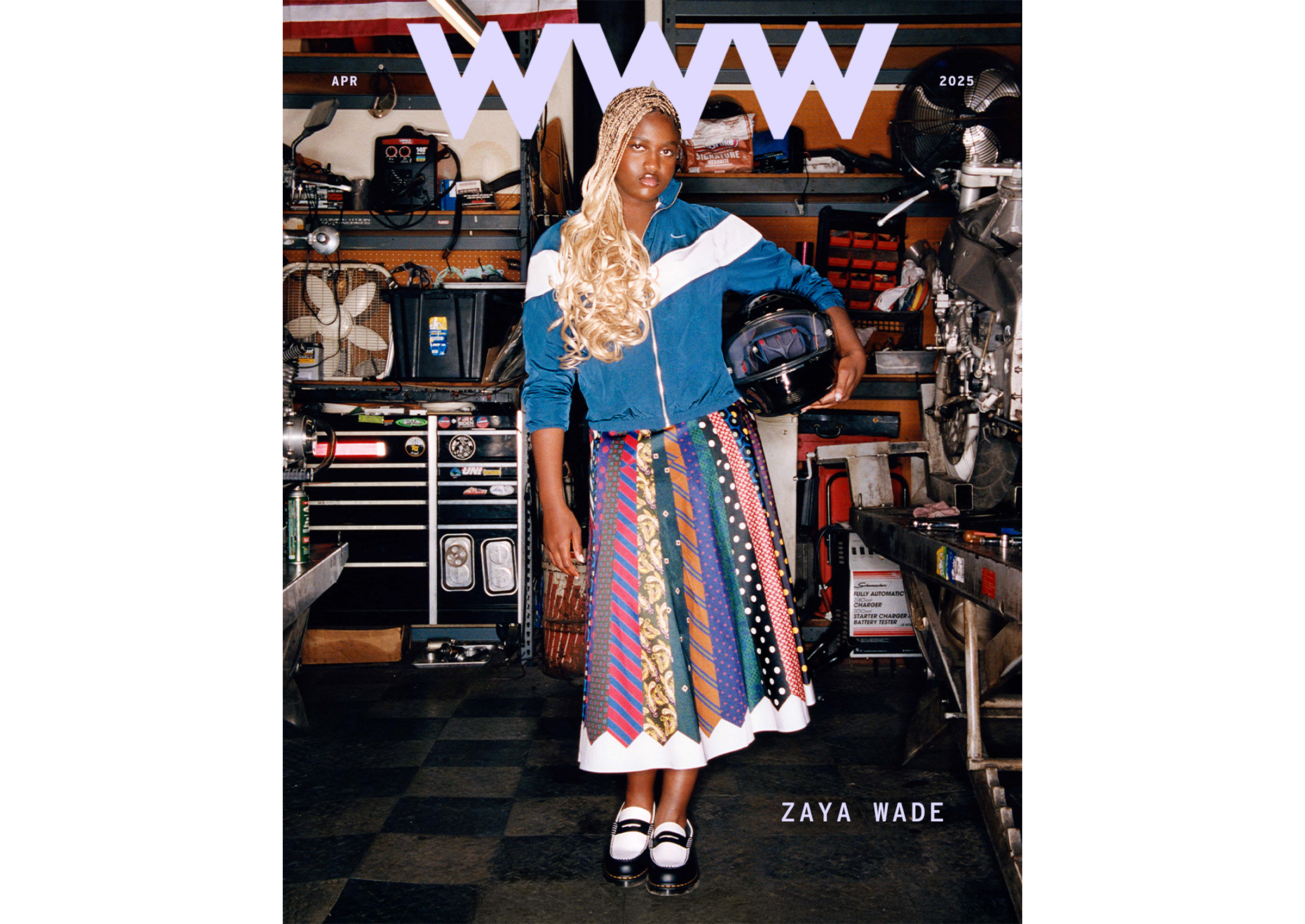
Photographer: Sophia Wilson
Stylist: Thomas Christos Kikis
Hairstylist: Miles Jeffries
Makeup Artist: Tasha Reiko Brown
Manicurist: Cathay Truong
Creative Director: Jeanie Mordukhay
DP: Kyle Hartman
Shop Zaya's Looks

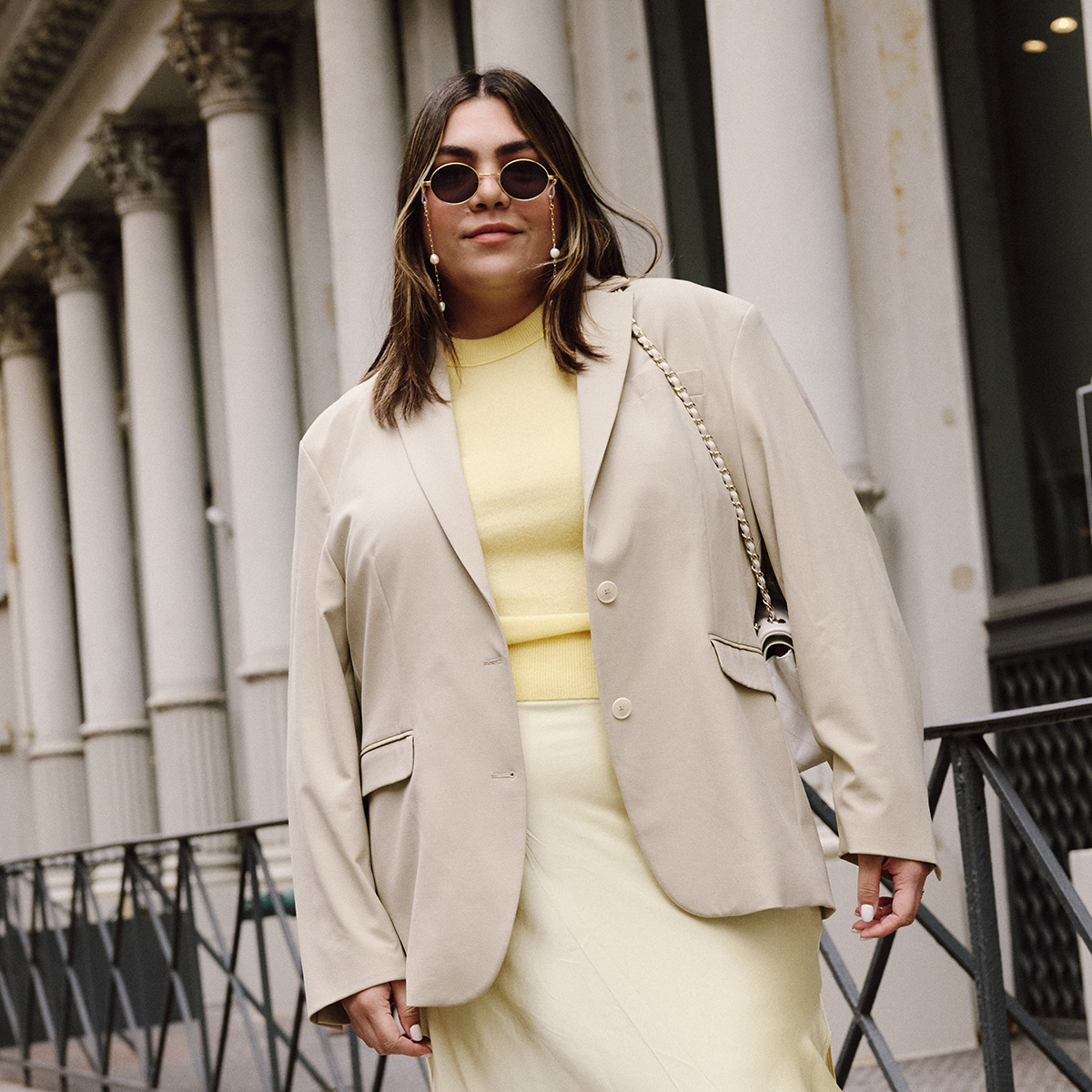
Ana Escalante is an award-winning journalist and Gen Z editor known for her sharp takes on fashion and culture. She’s covered everything from Copenhagen Fashion Week to Roe v. Wade protests as the Editorial Assistant at Glamour after earning her journalism degree at the University of Florida in 2021. At Who What Wear, Ana mixes wit with unapologetic commentary in long-form fashion and beauty content, creating pieces that resonate with a digital-first generation. If it’s smart, snarky, and unexpected, chances are her name’s on it.
-
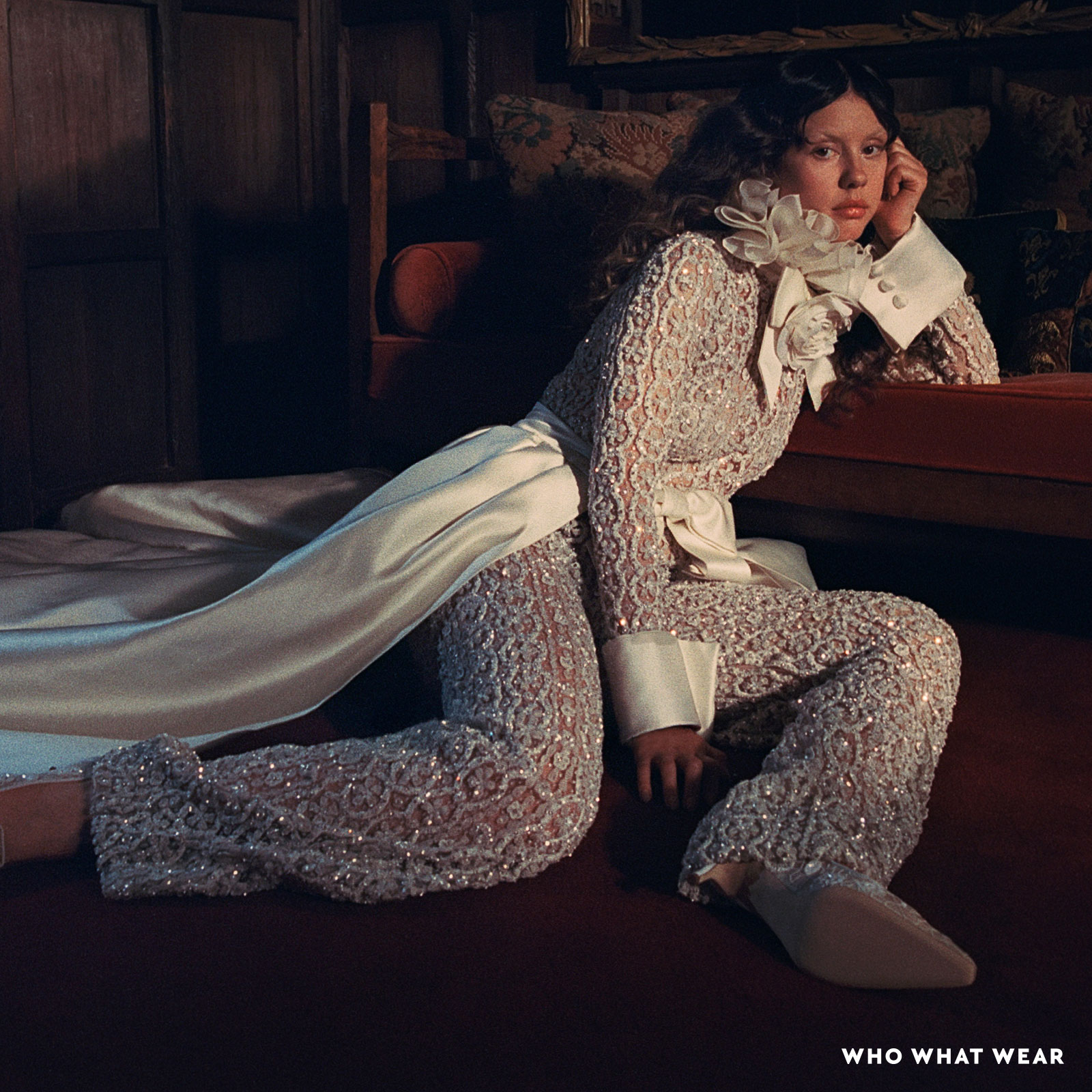 Mia Goth Told Us Why She Got Emotional Seeing Jacob Elordi's Frankenstein Costume for the First Time
Mia Goth Told Us Why She Got Emotional Seeing Jacob Elordi's Frankenstein Costume for the First TimeWatch our exclusive interview.
-
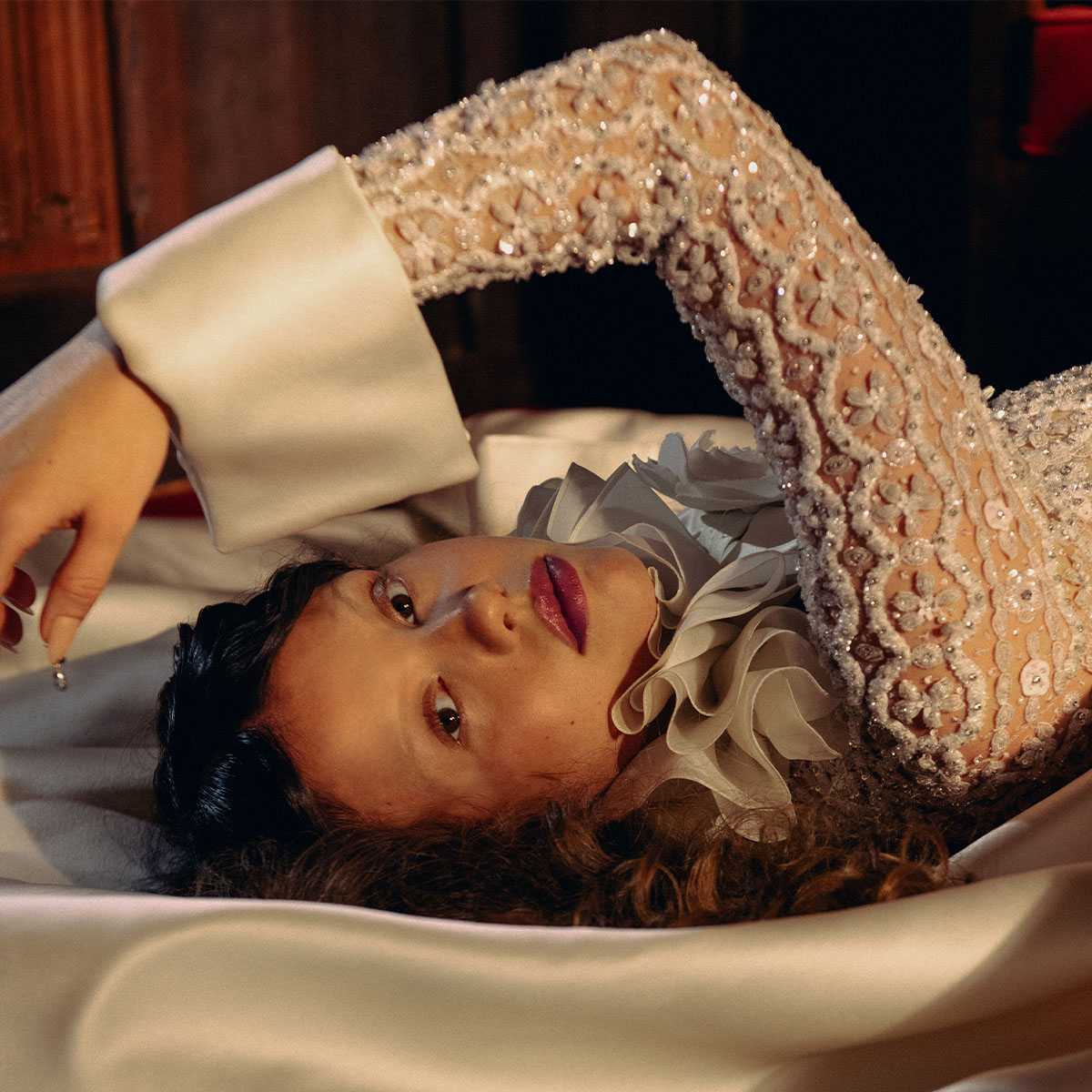 Mia Goth's Monster of a Moment
Mia Goth's Monster of a MomentWith Guillermo del Toro's Frankenstein, Christopher Nolan's The Odyssey, and soon a galaxy far, far away, everyone’s favorite indie horror star hits the big time.
-
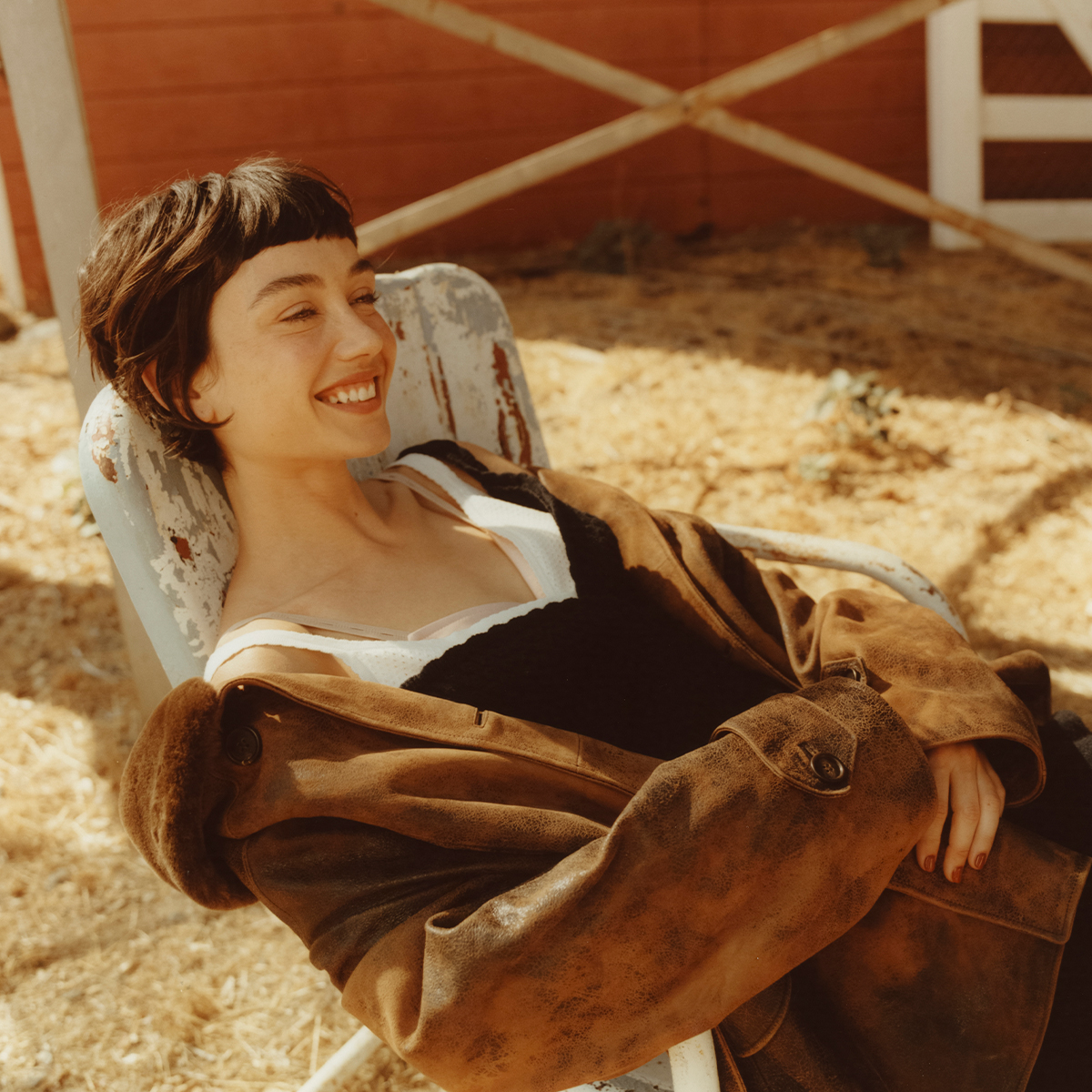 We Can't Stop Talking About Sydney Chandler, Sci-Fi's Newest Heroine
We Can't Stop Talking About Sydney Chandler, Sci-Fi's Newest HeroineThe star of the big, fun, and very scary Alien: Earth proves she's one to watch.
-
 Justine Skye Is Embracing Her New Era by "Making Music People Want to Dance To"
Justine Skye Is Embracing Her New Era by "Making Music People Want to Dance To"Plus, a peek into her personal camera roll!
-
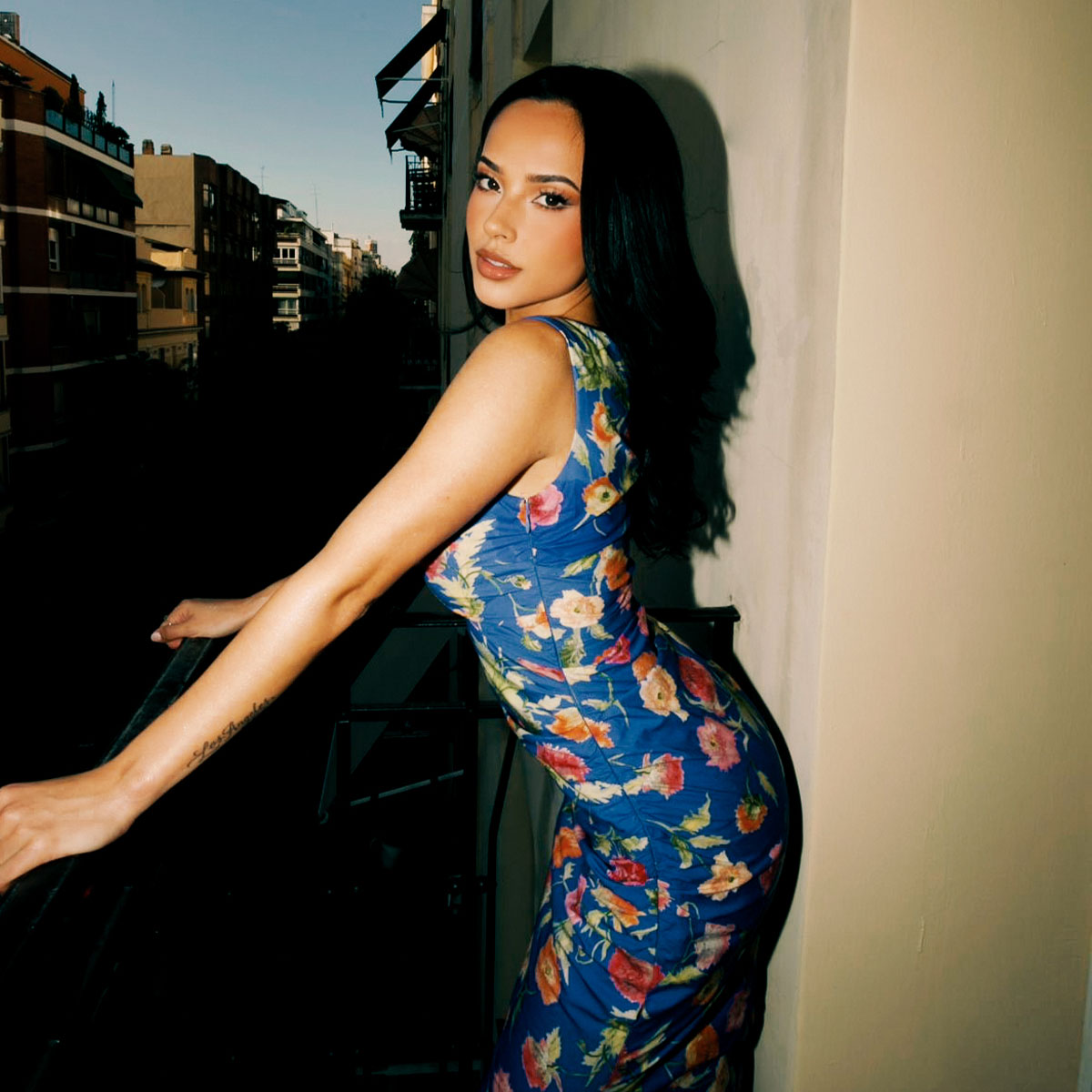 Becky G Channeled a "Latin Telenovela Vibe" for Carolina Herrera's Madrid Show
Becky G Channeled a "Latin Telenovela Vibe" for Carolina Herrera's Madrid ShowAn exclusive behind-the-scenes look.
-
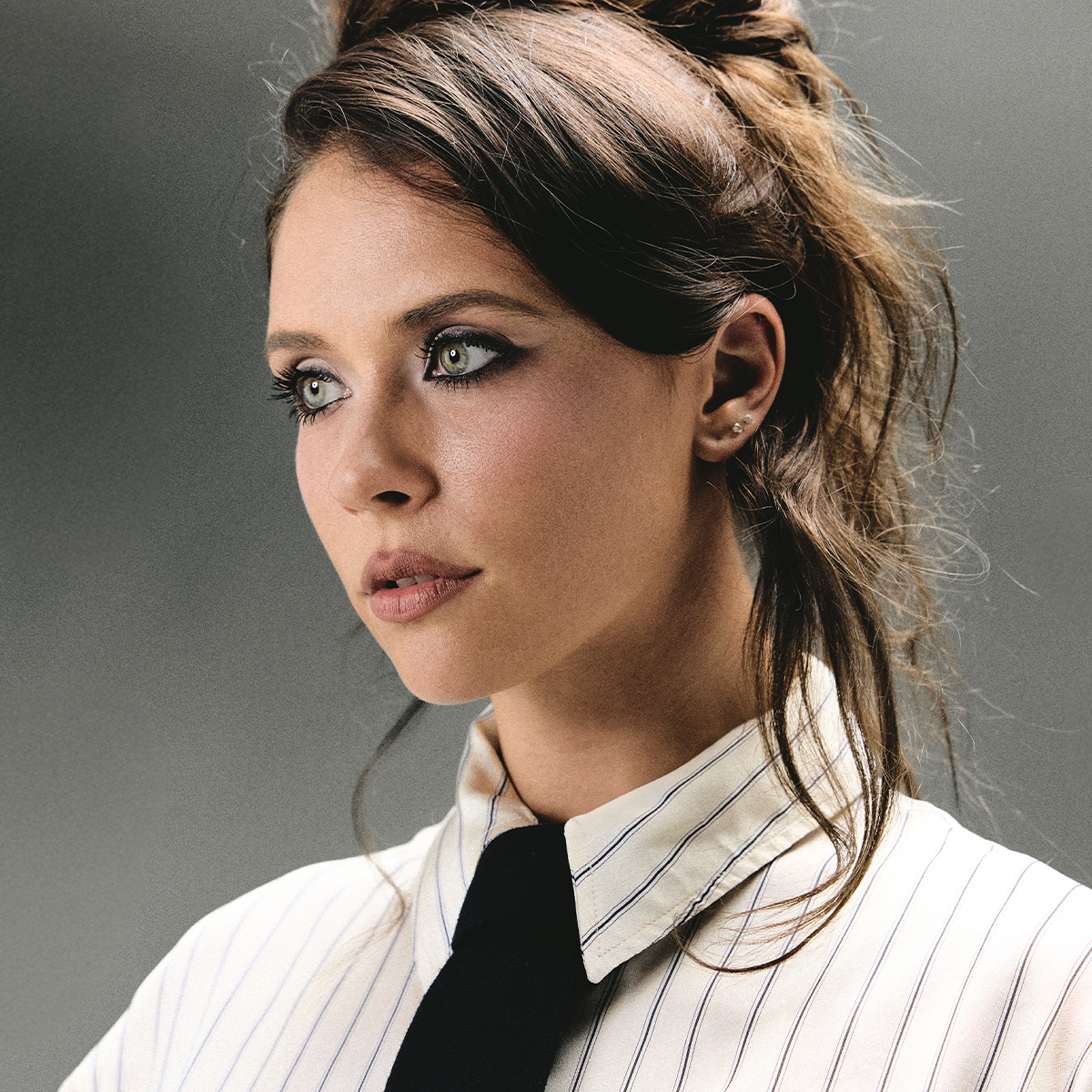 The Conjuring: Last Rites Breakout Mia Tomlinson Is Scary Good
The Conjuring: Last Rites Breakout Mia Tomlinson Is Scary GoodThe star of this month's must-see horror film talks about her terrifying new role.
-
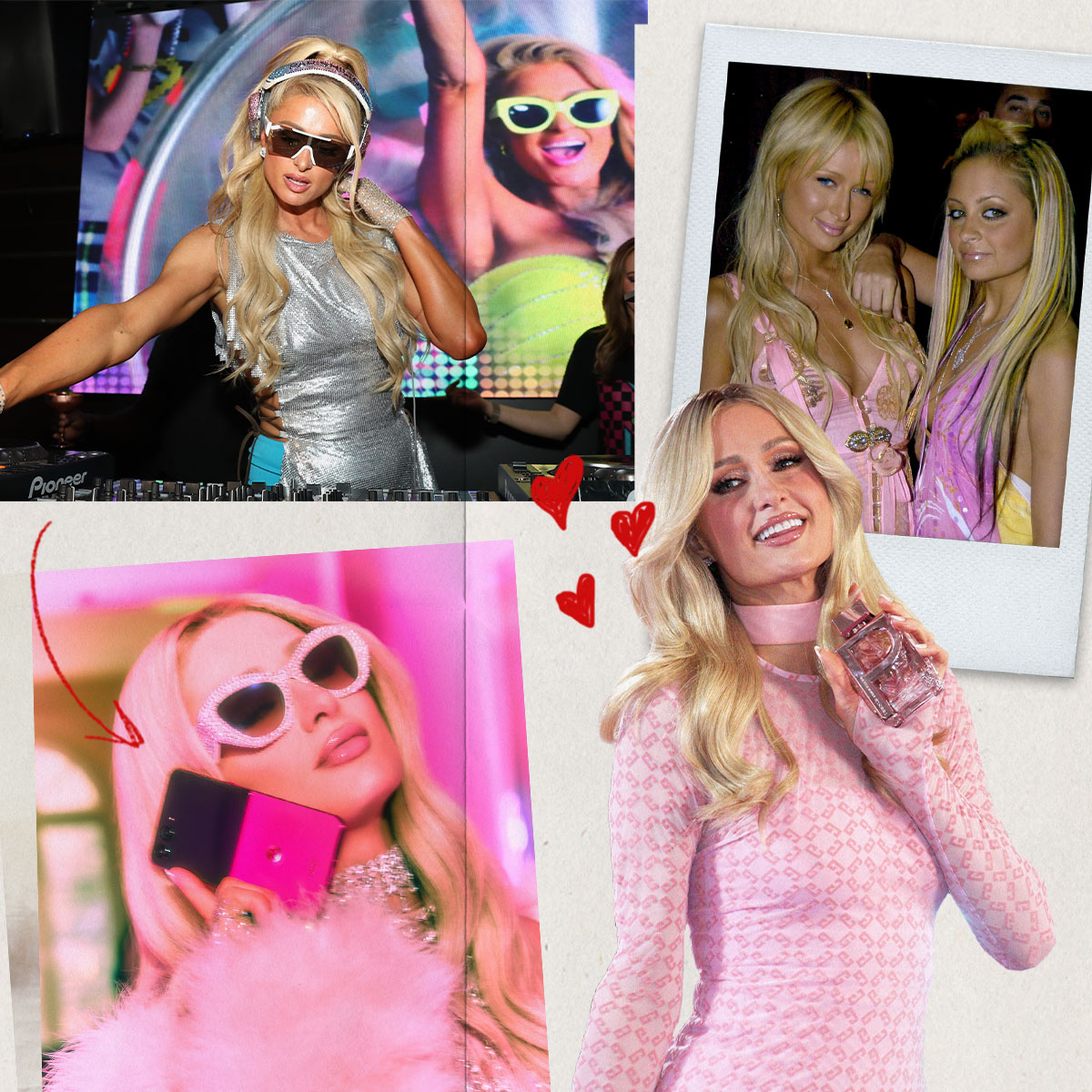 Paris Hilton's World: Her Pink Motorola Razr, Favorite Y2K Looks, and What 11:11 Media Means to Her
Paris Hilton's World: Her Pink Motorola Razr, Favorite Y2K Looks, and What 11:11 Media Means to HerA glimpse into the life of this savvy entrepreneur.
-
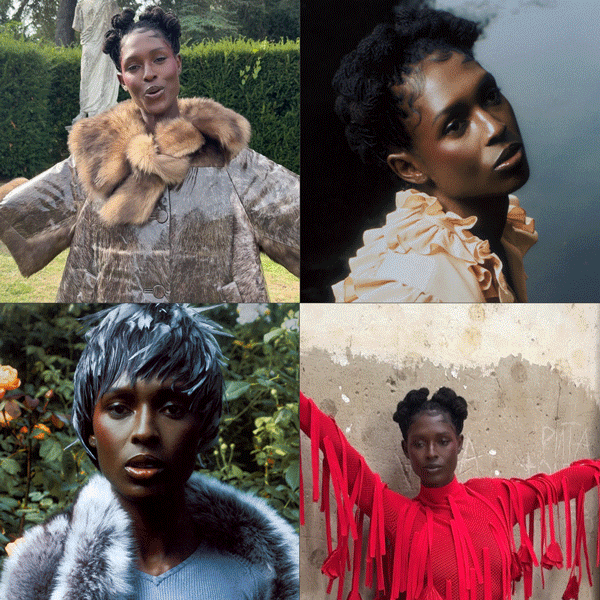 Beauty Download: Jodie Turner-Smith
Beauty Download: Jodie Turner-SmithEvery glamorous detail from our cover shoot.
